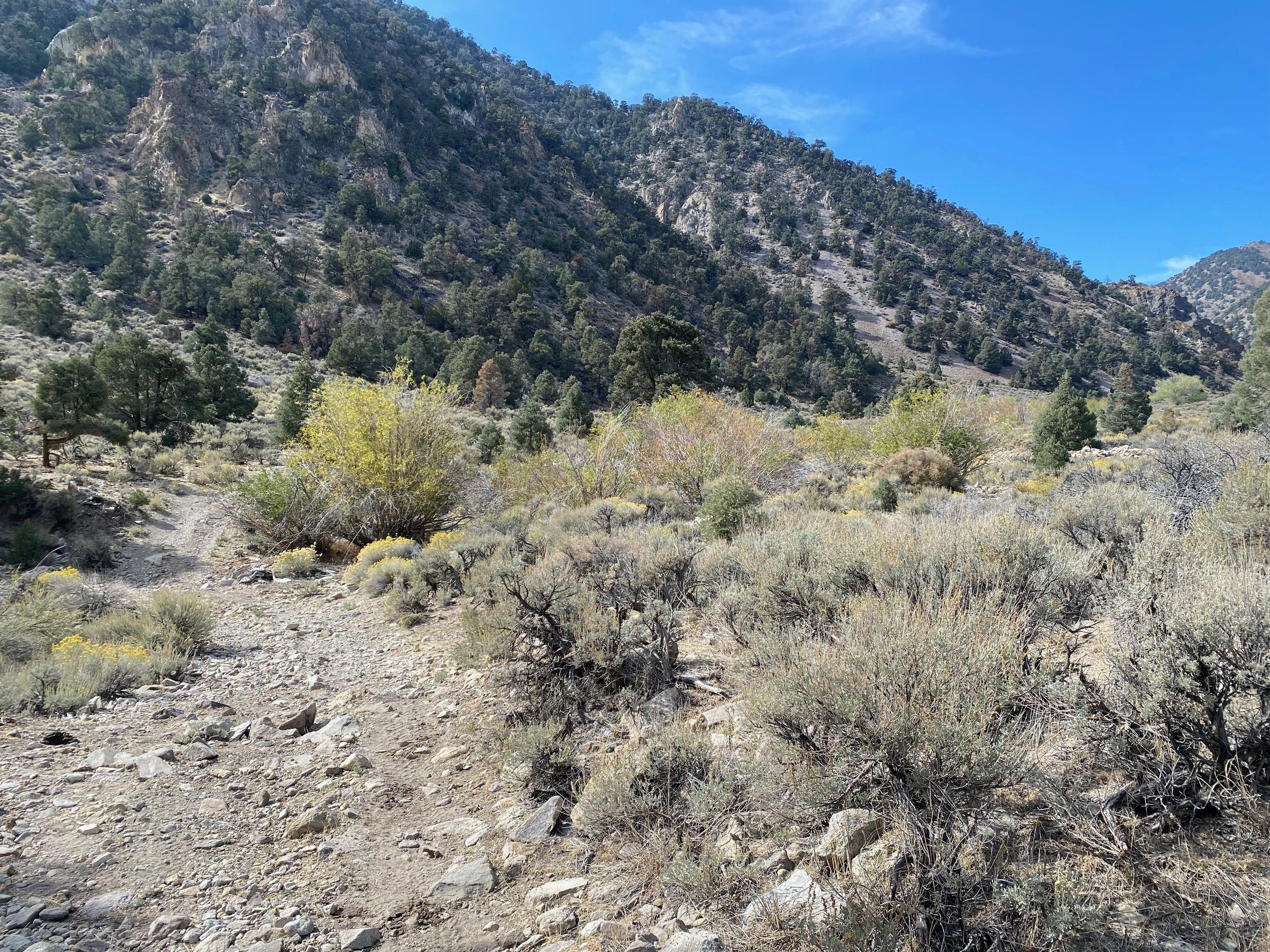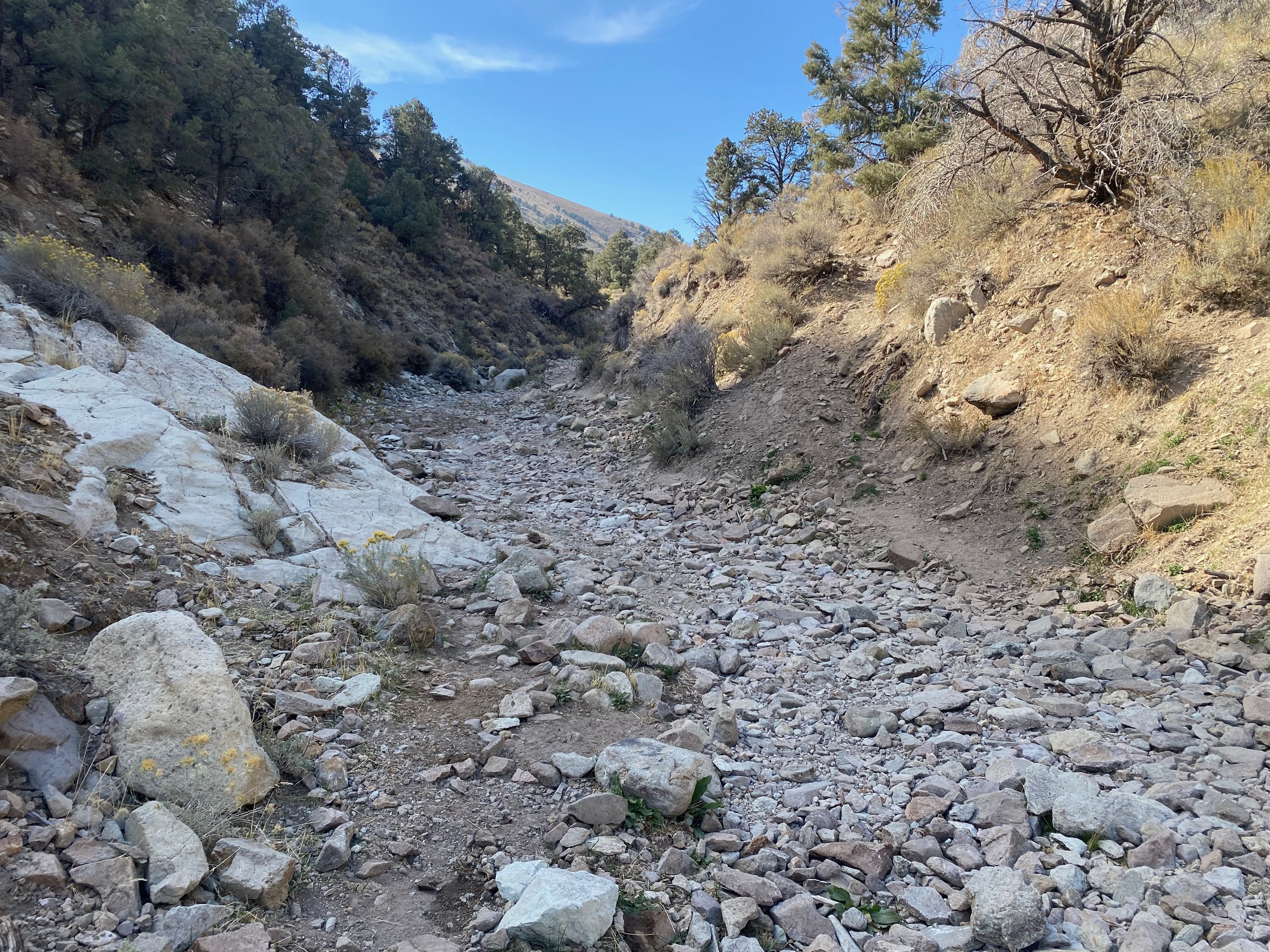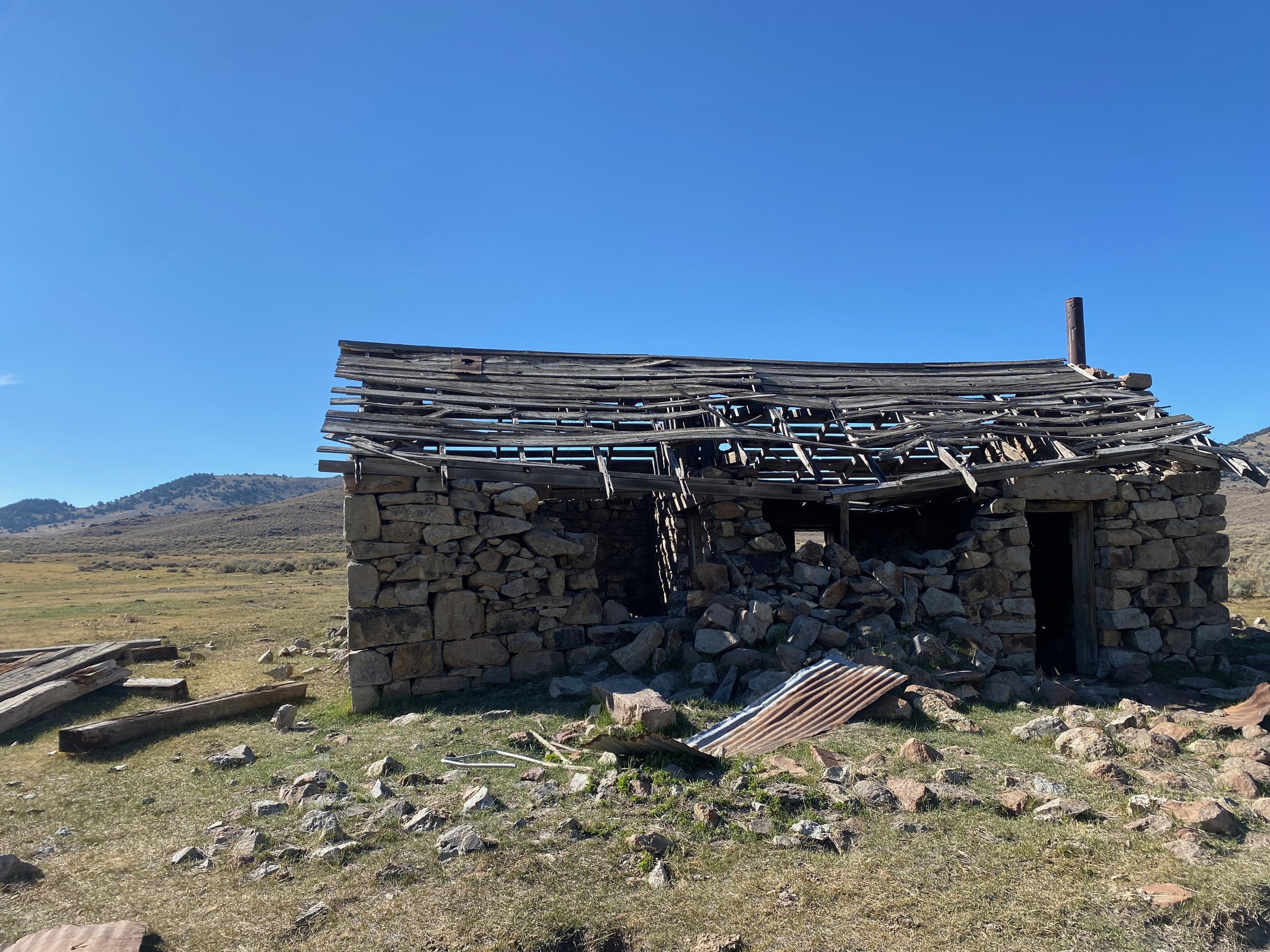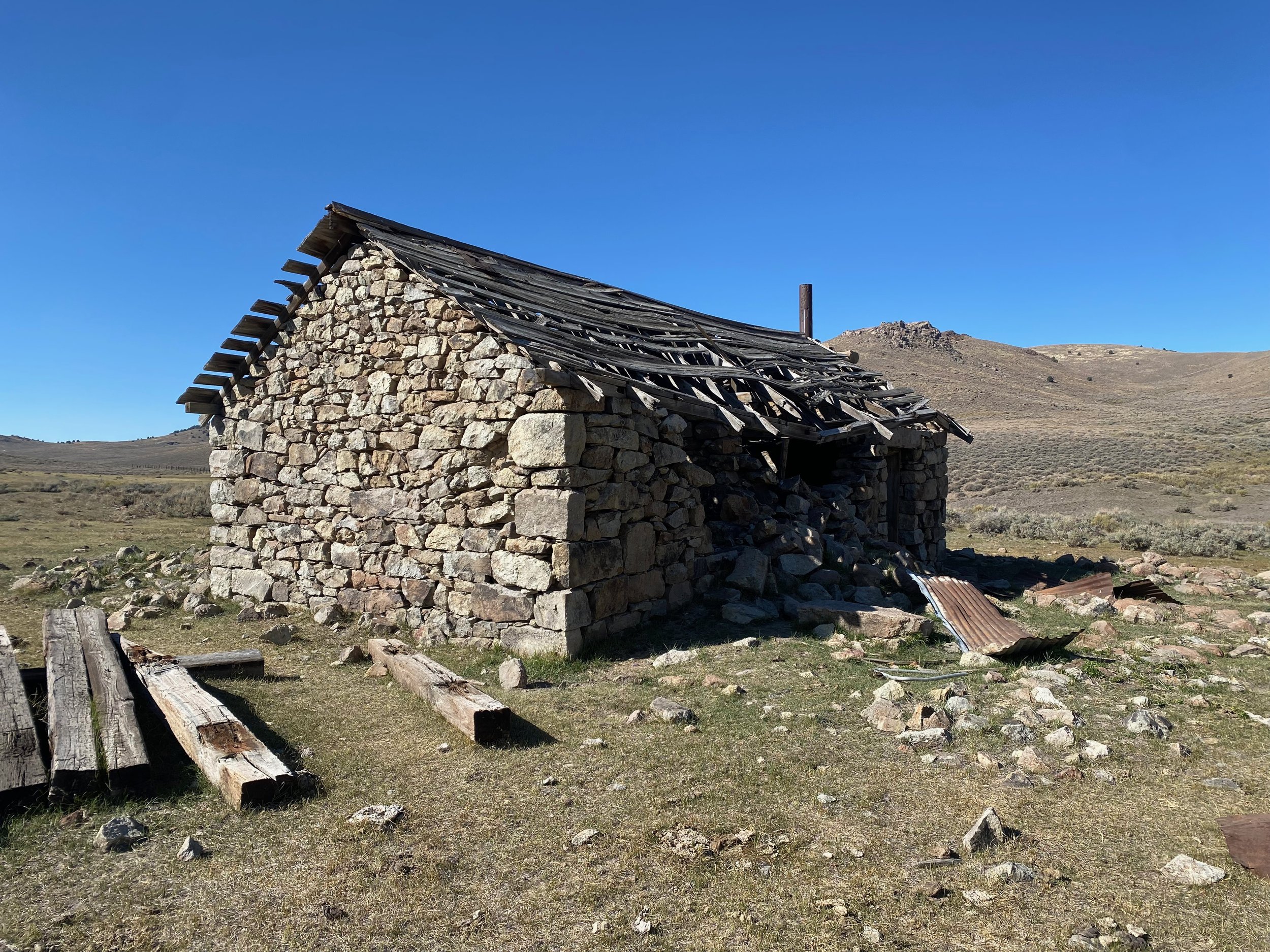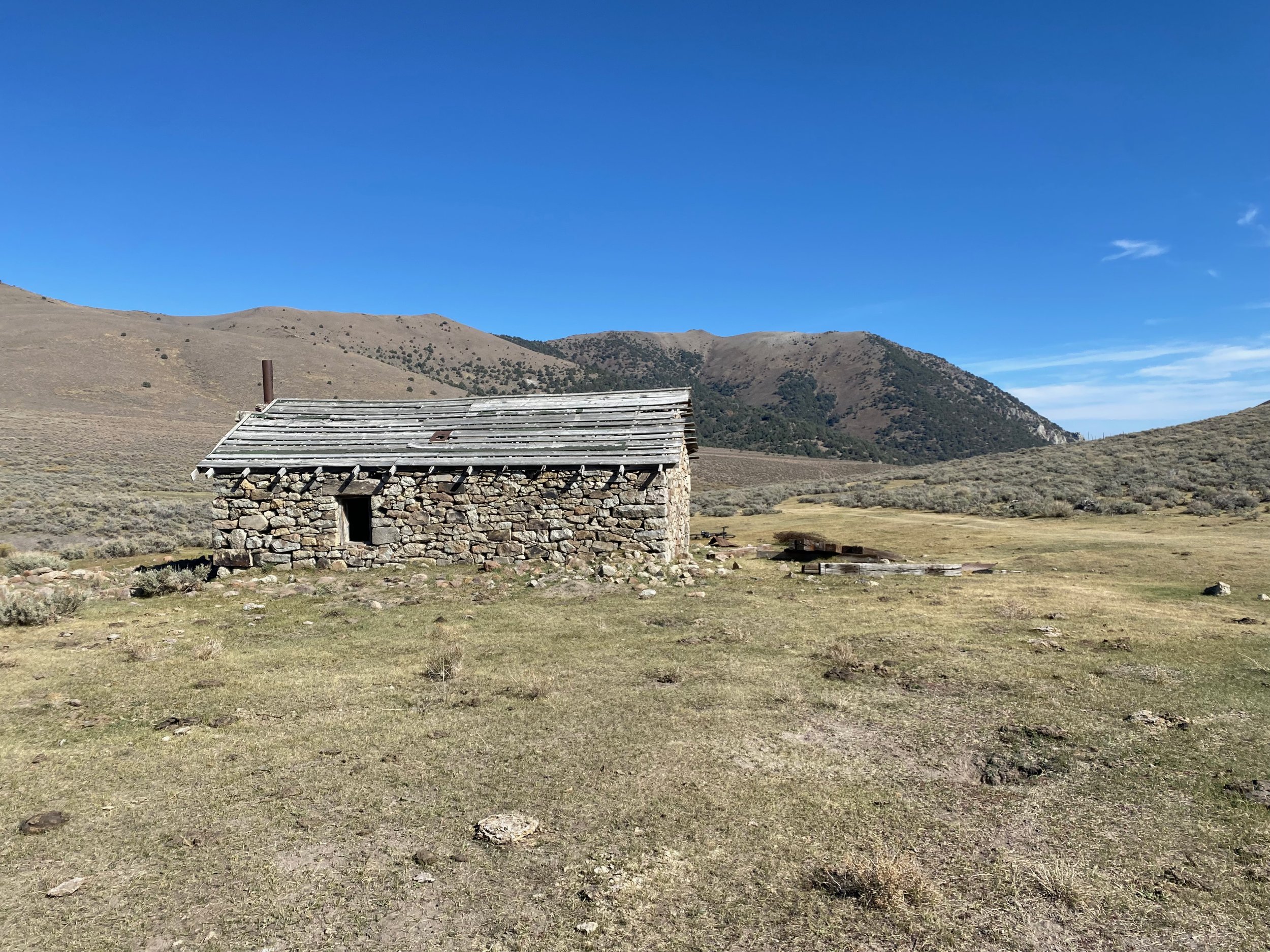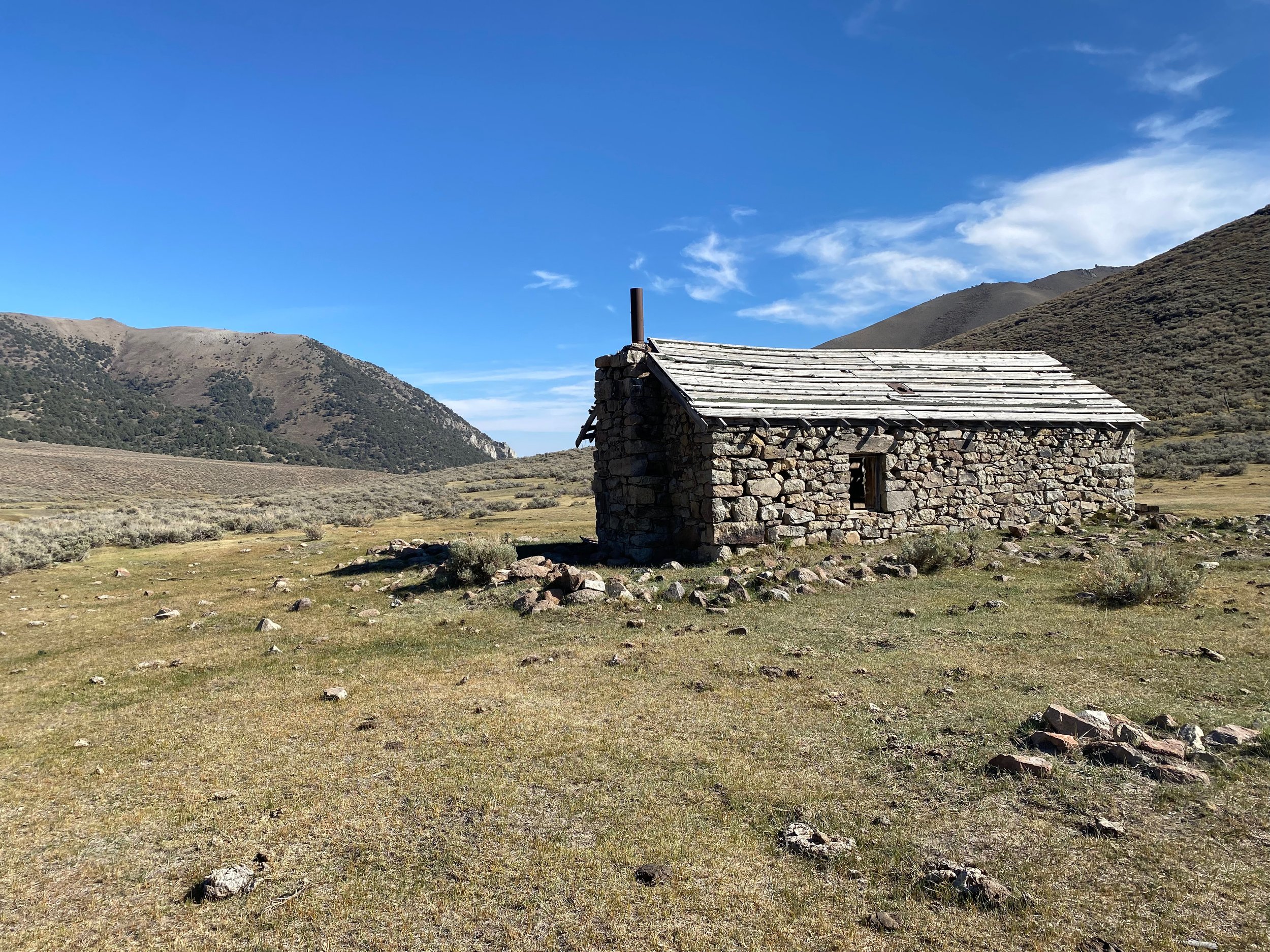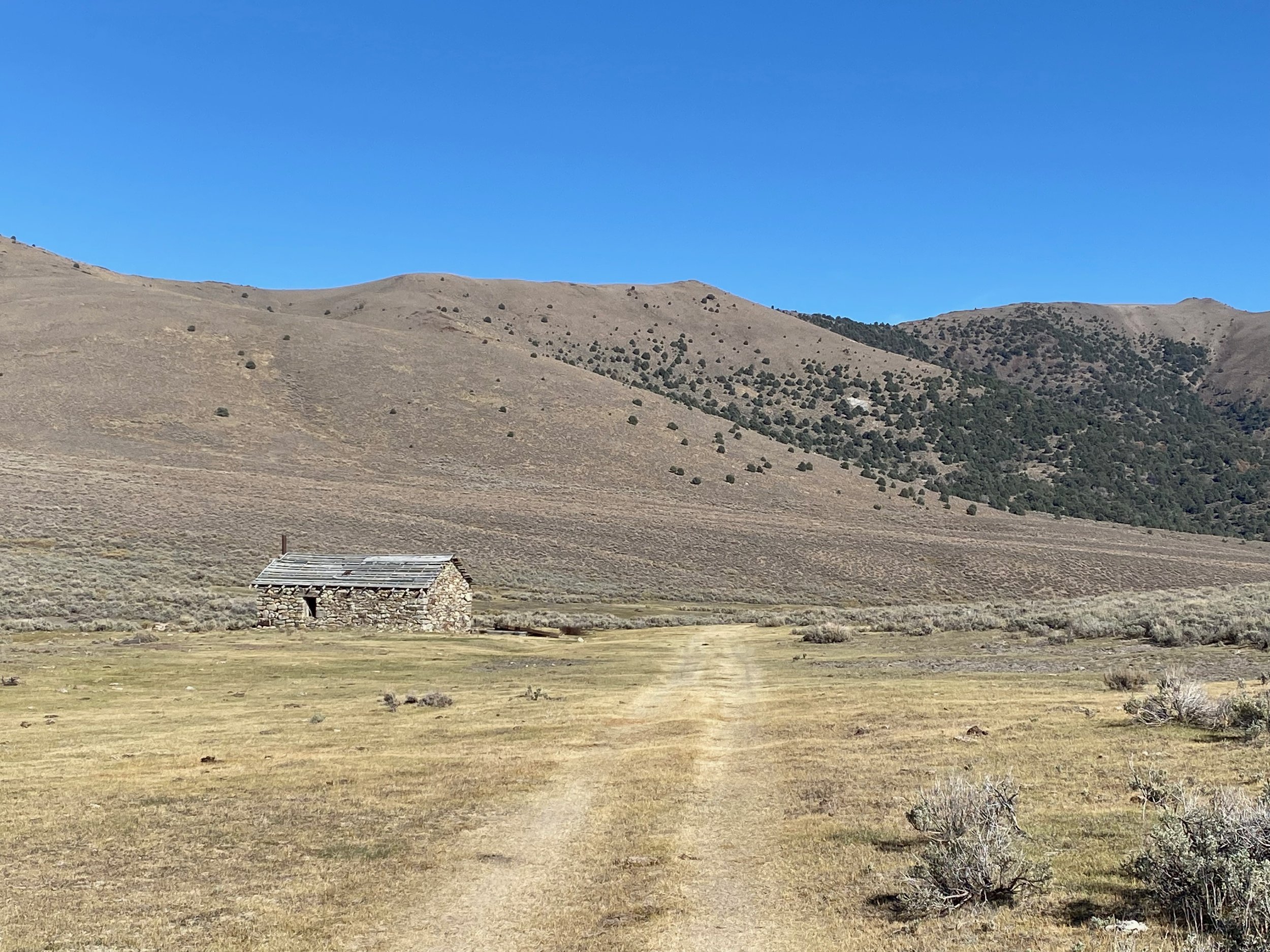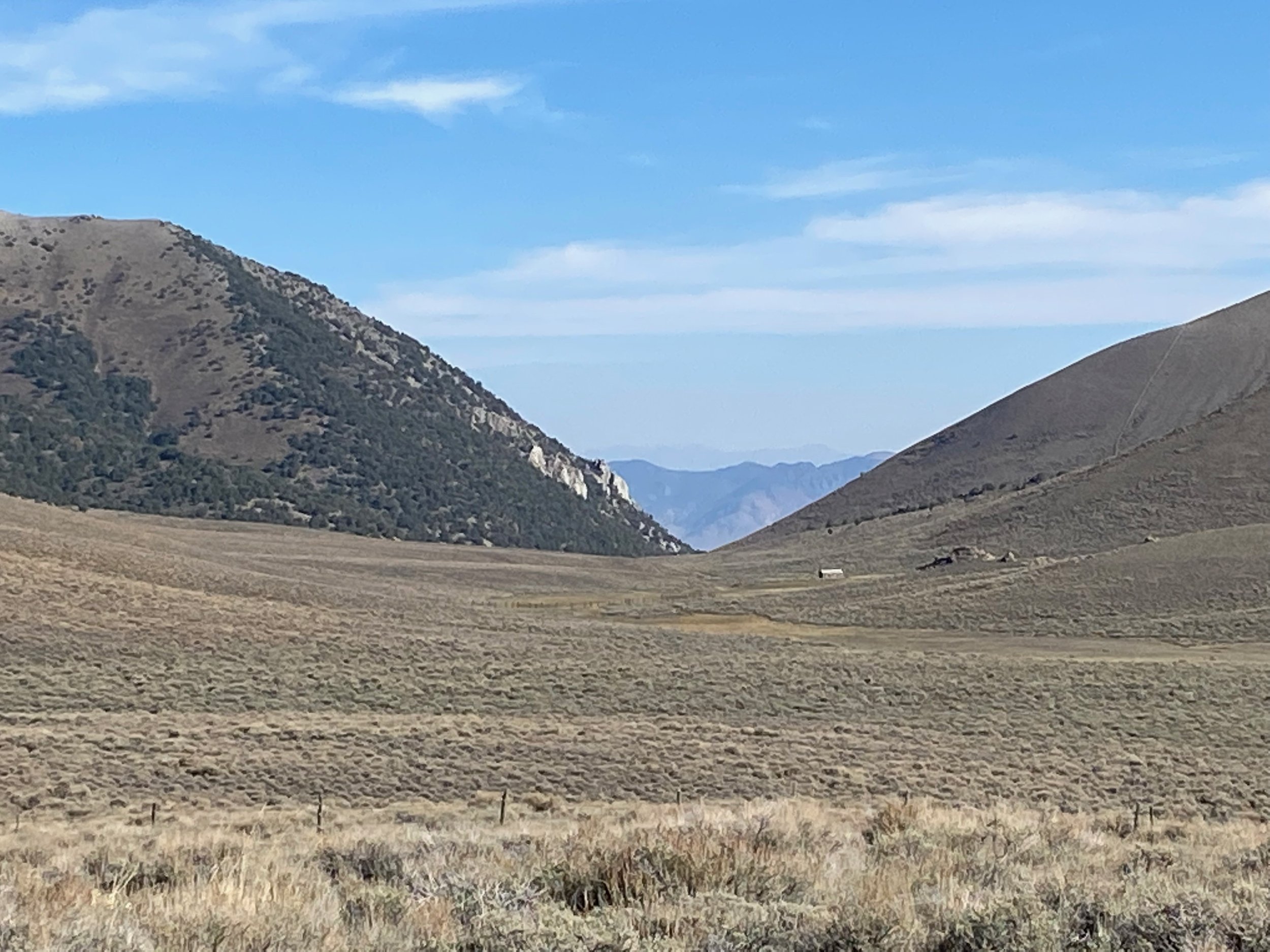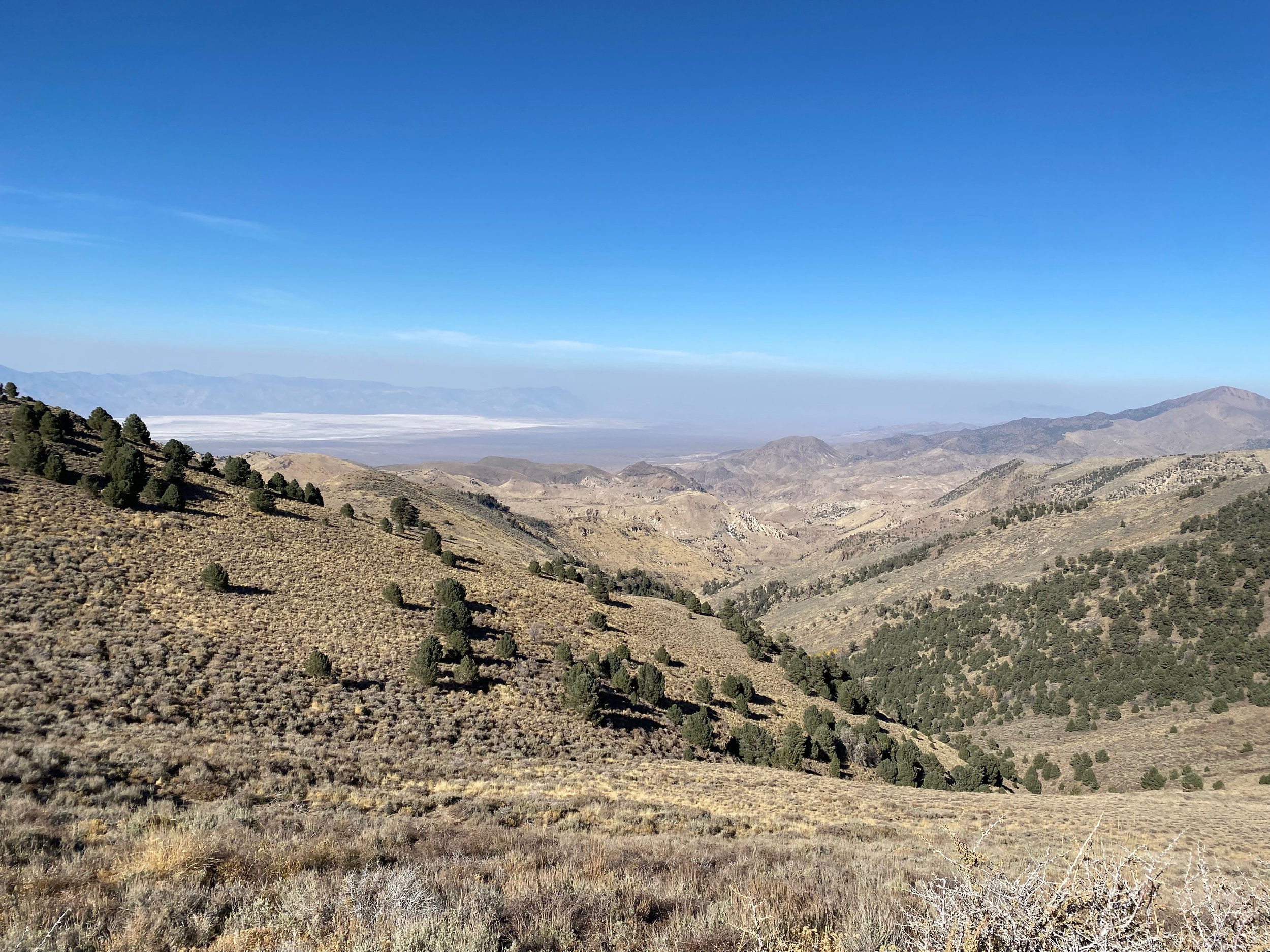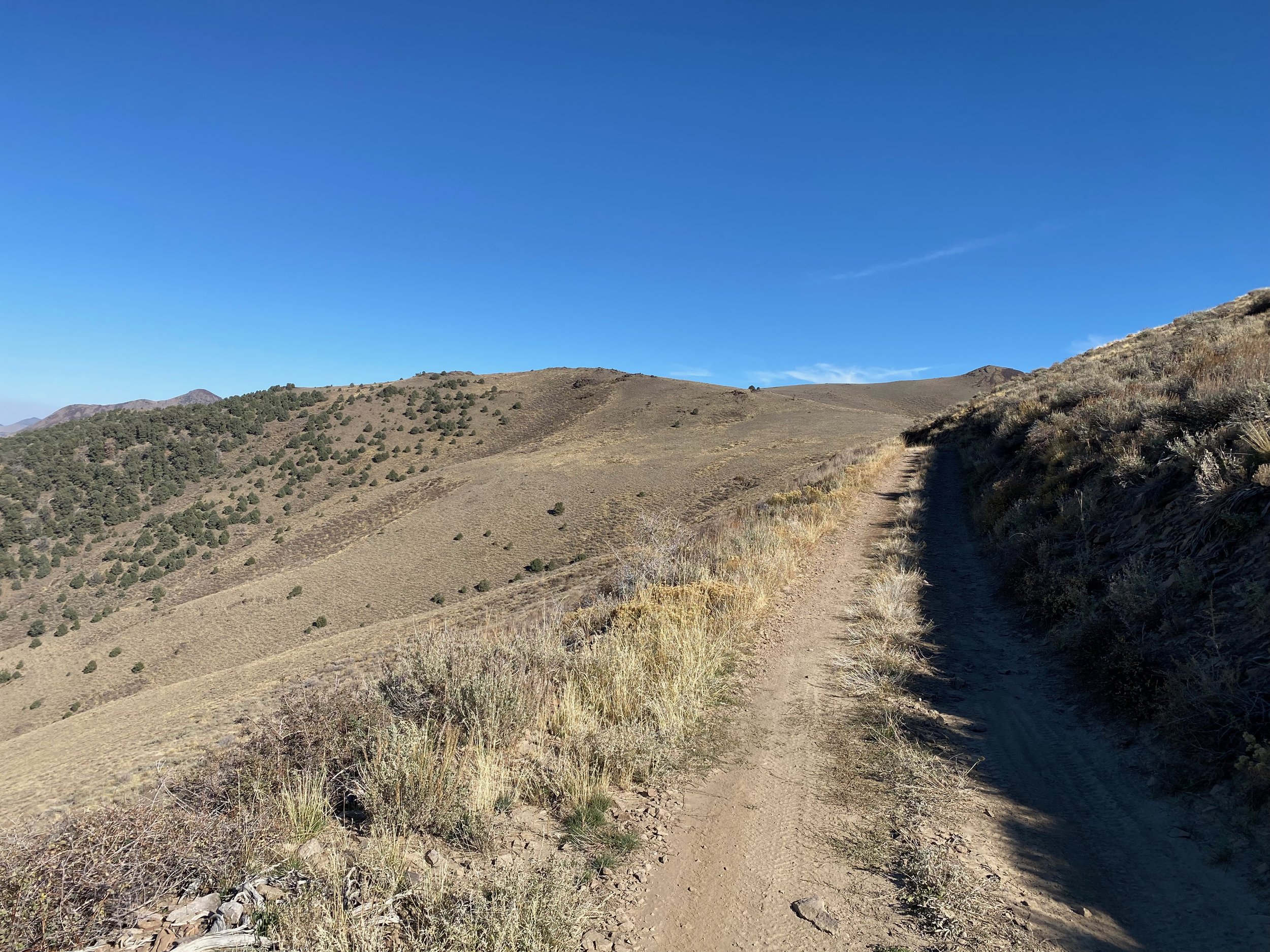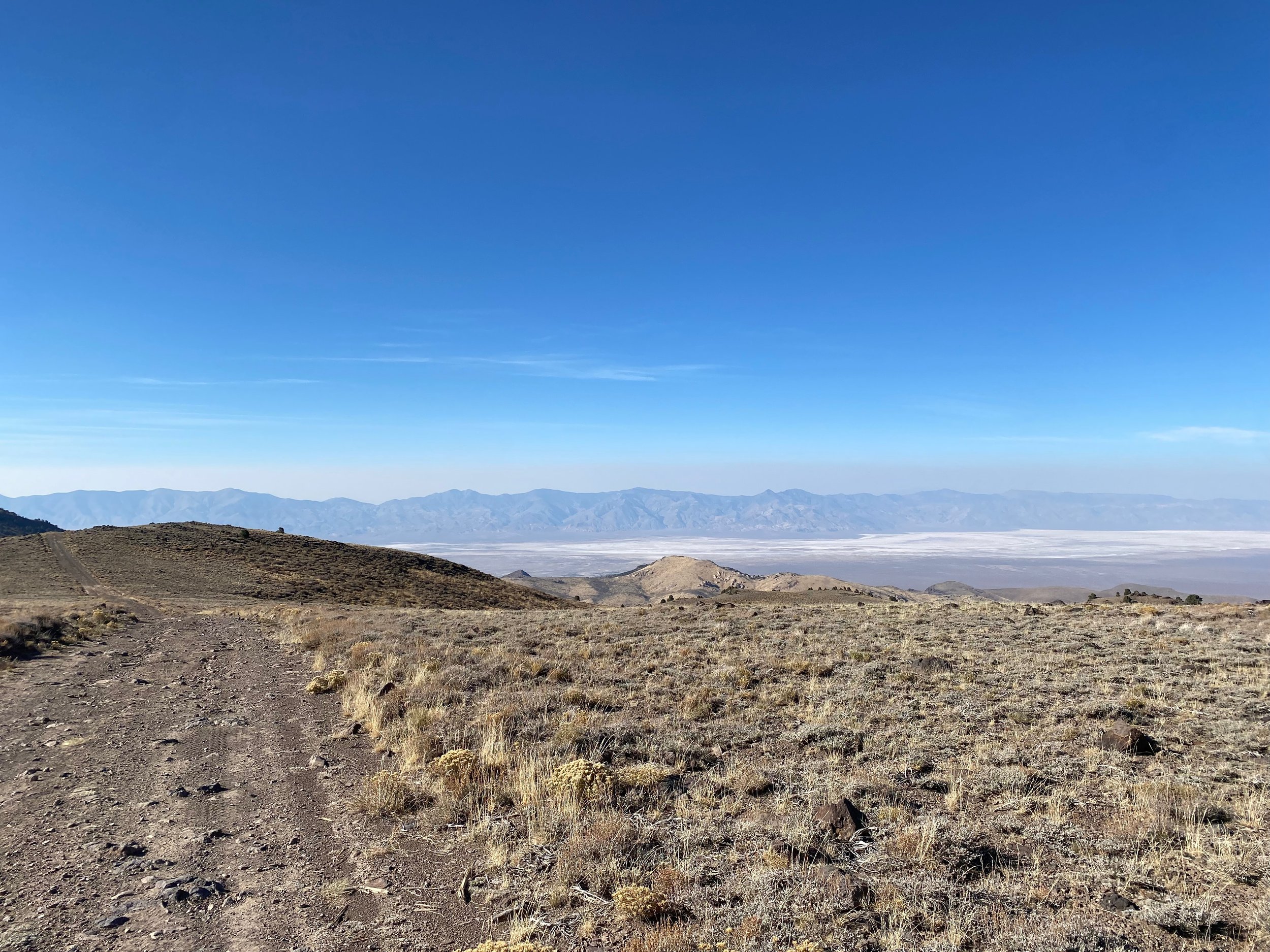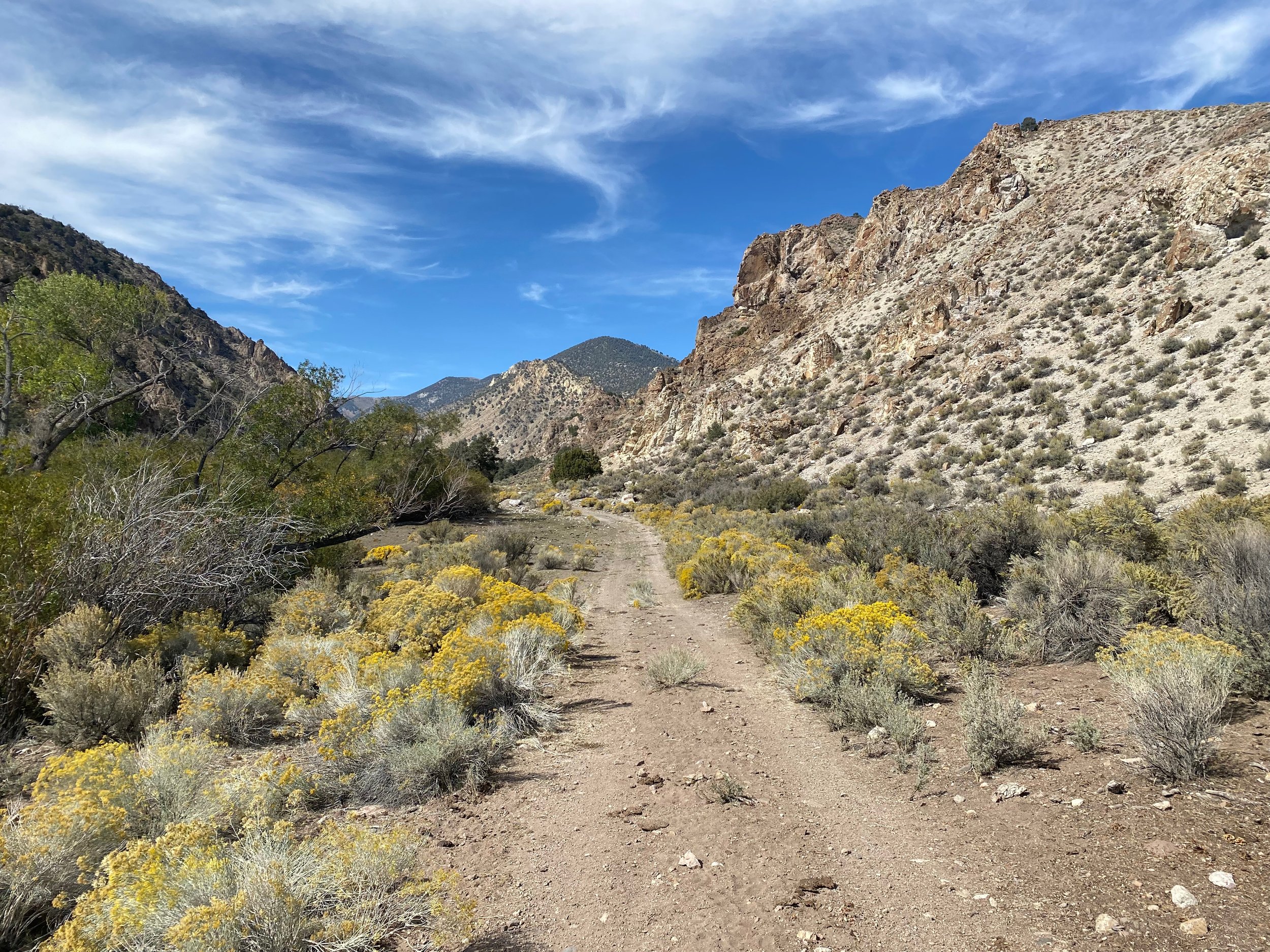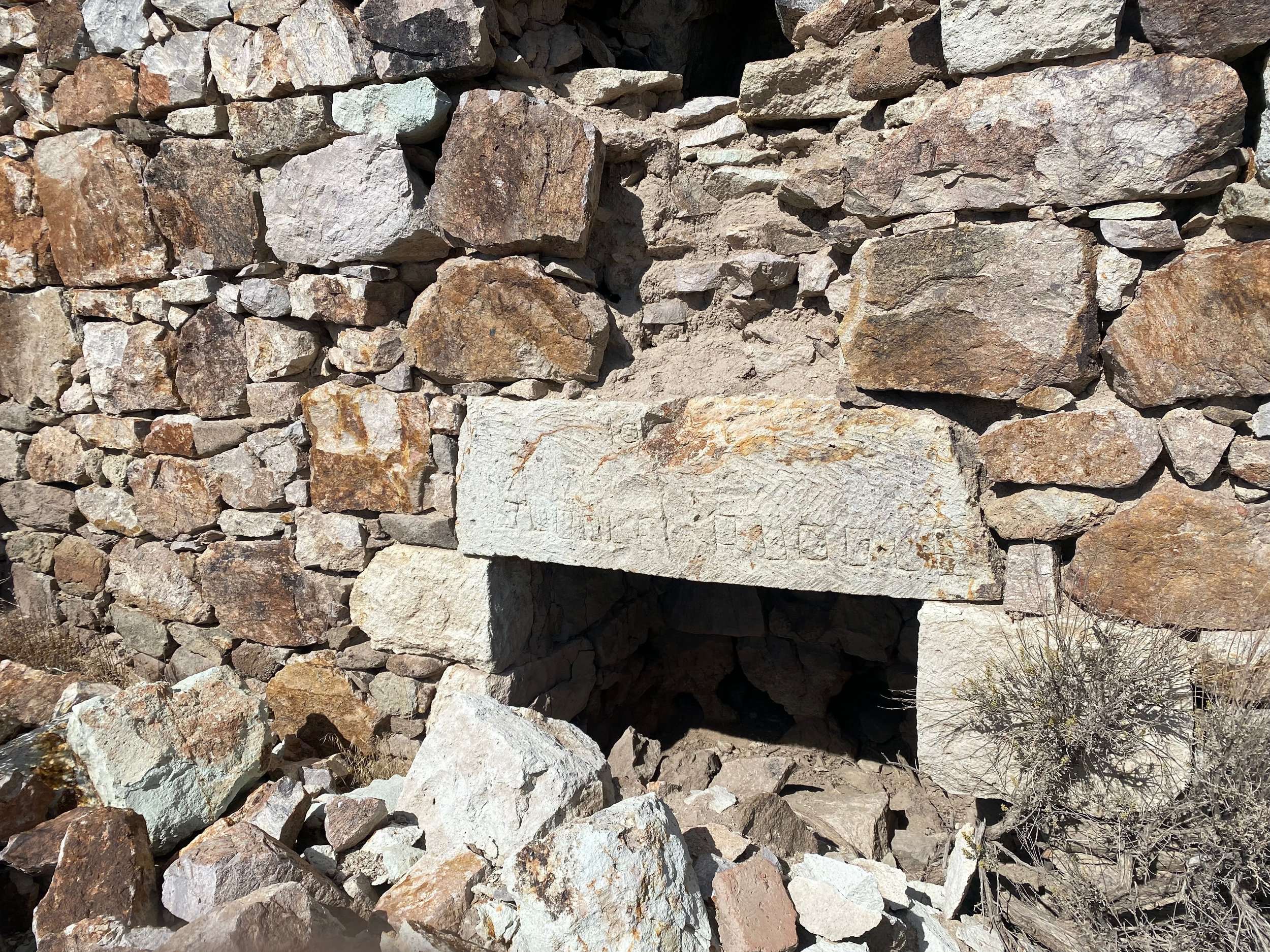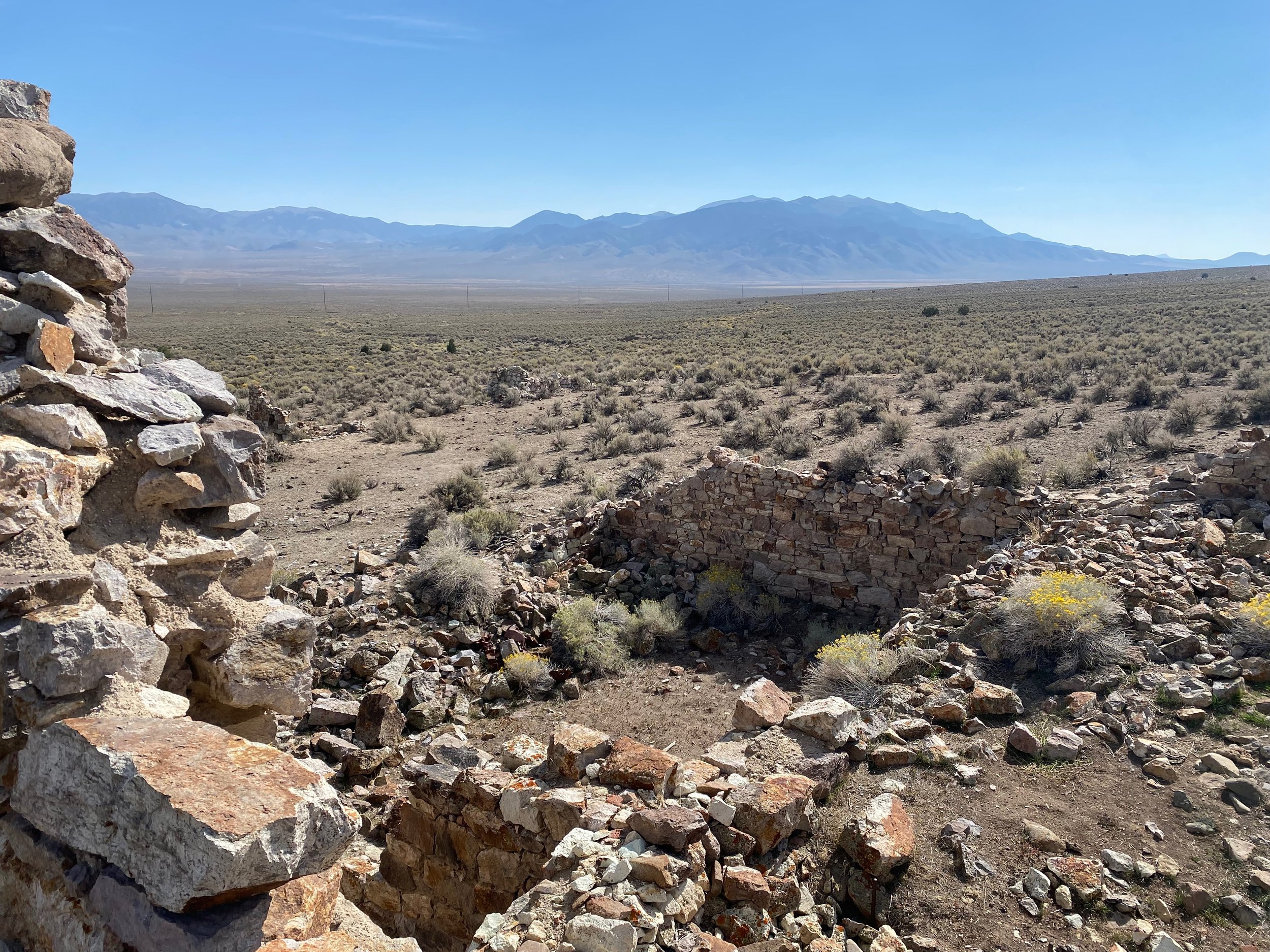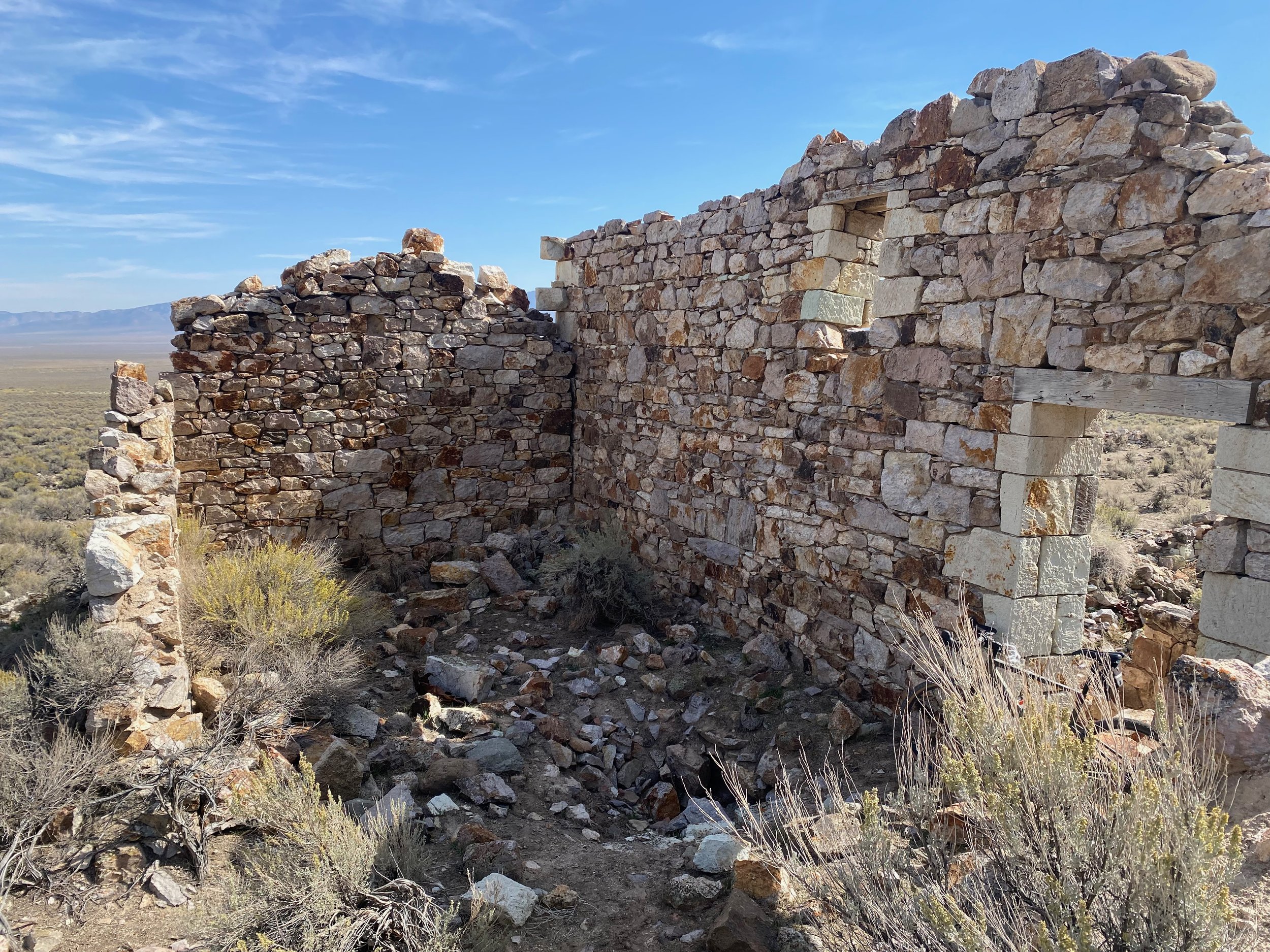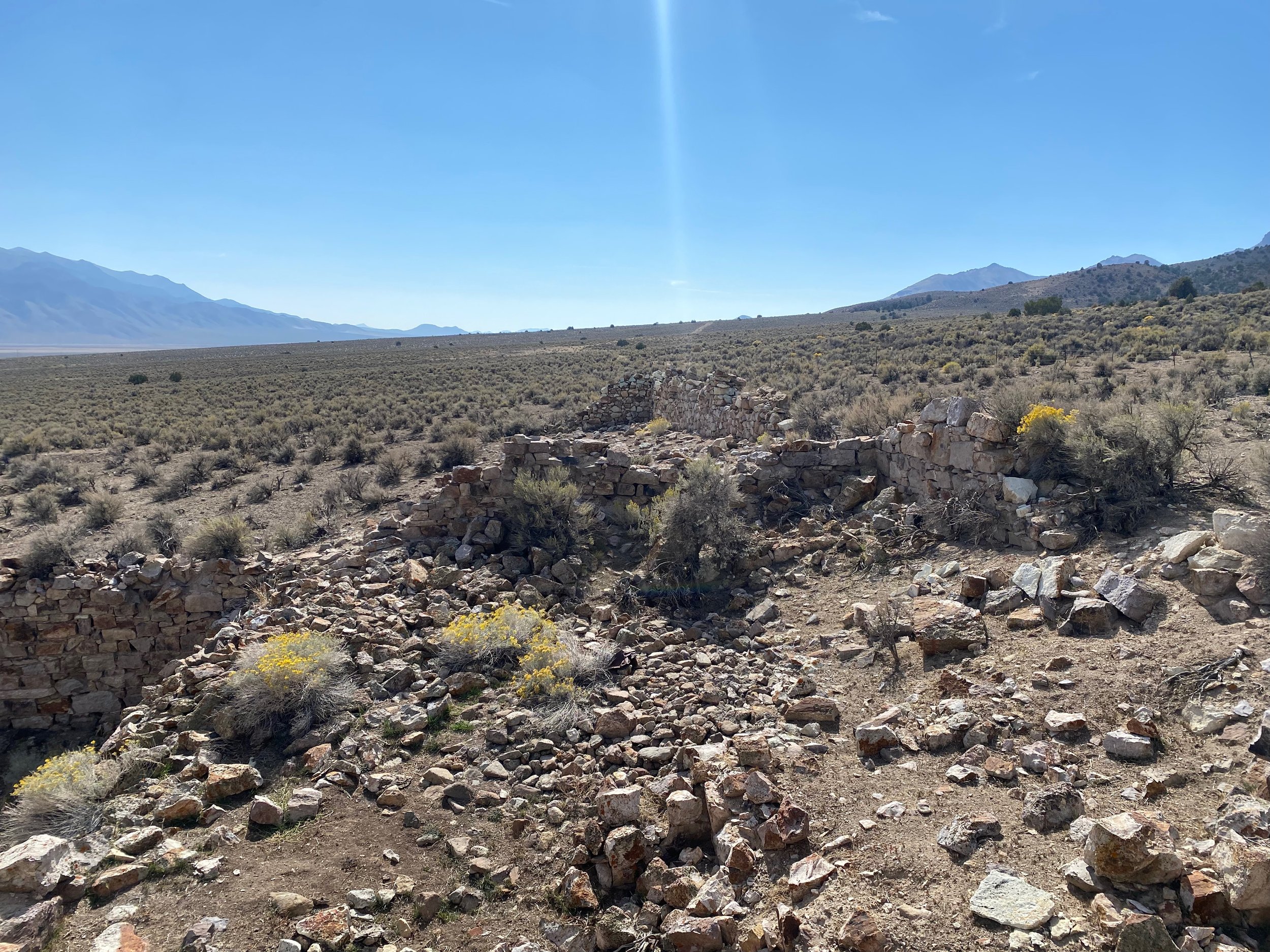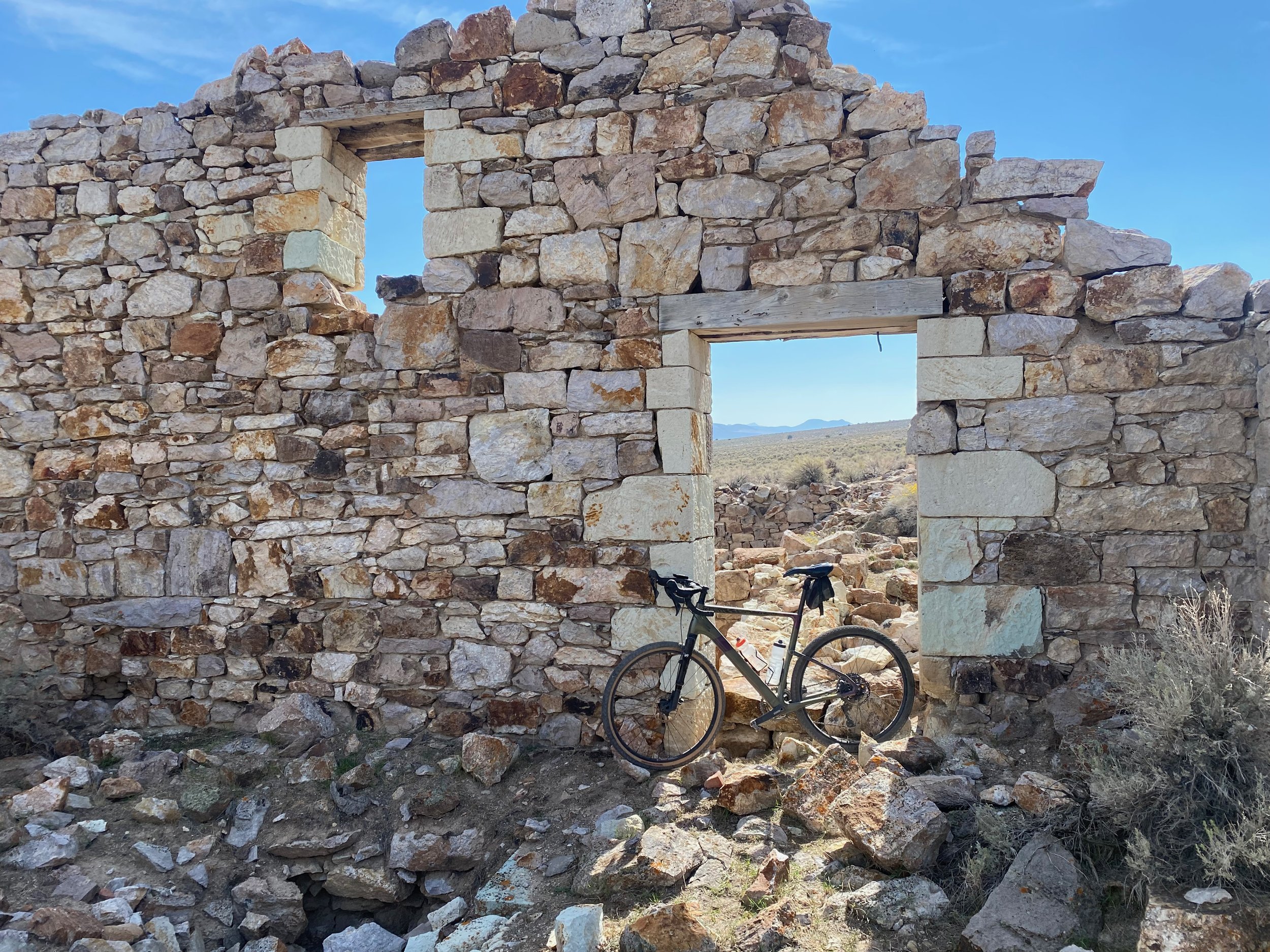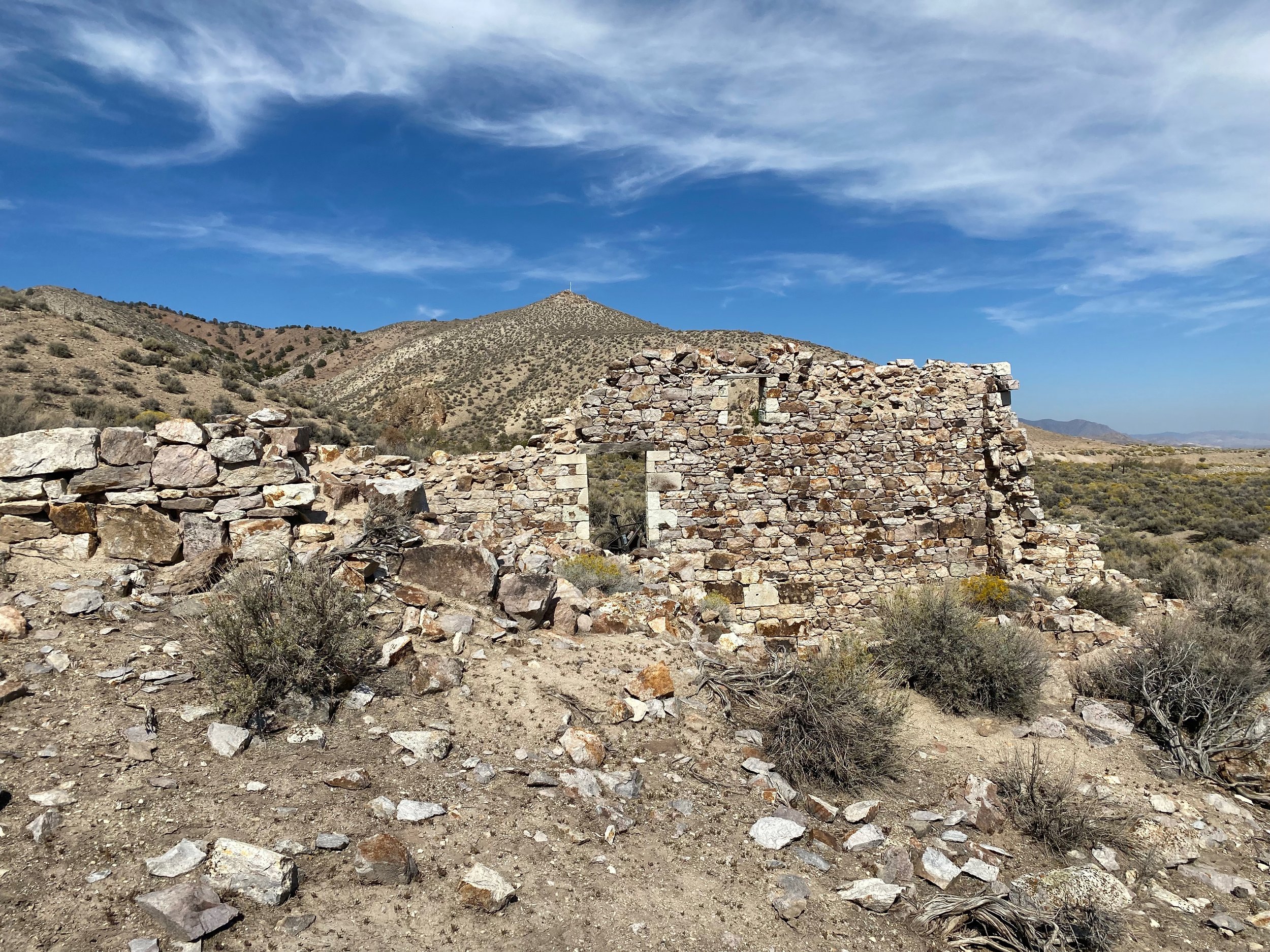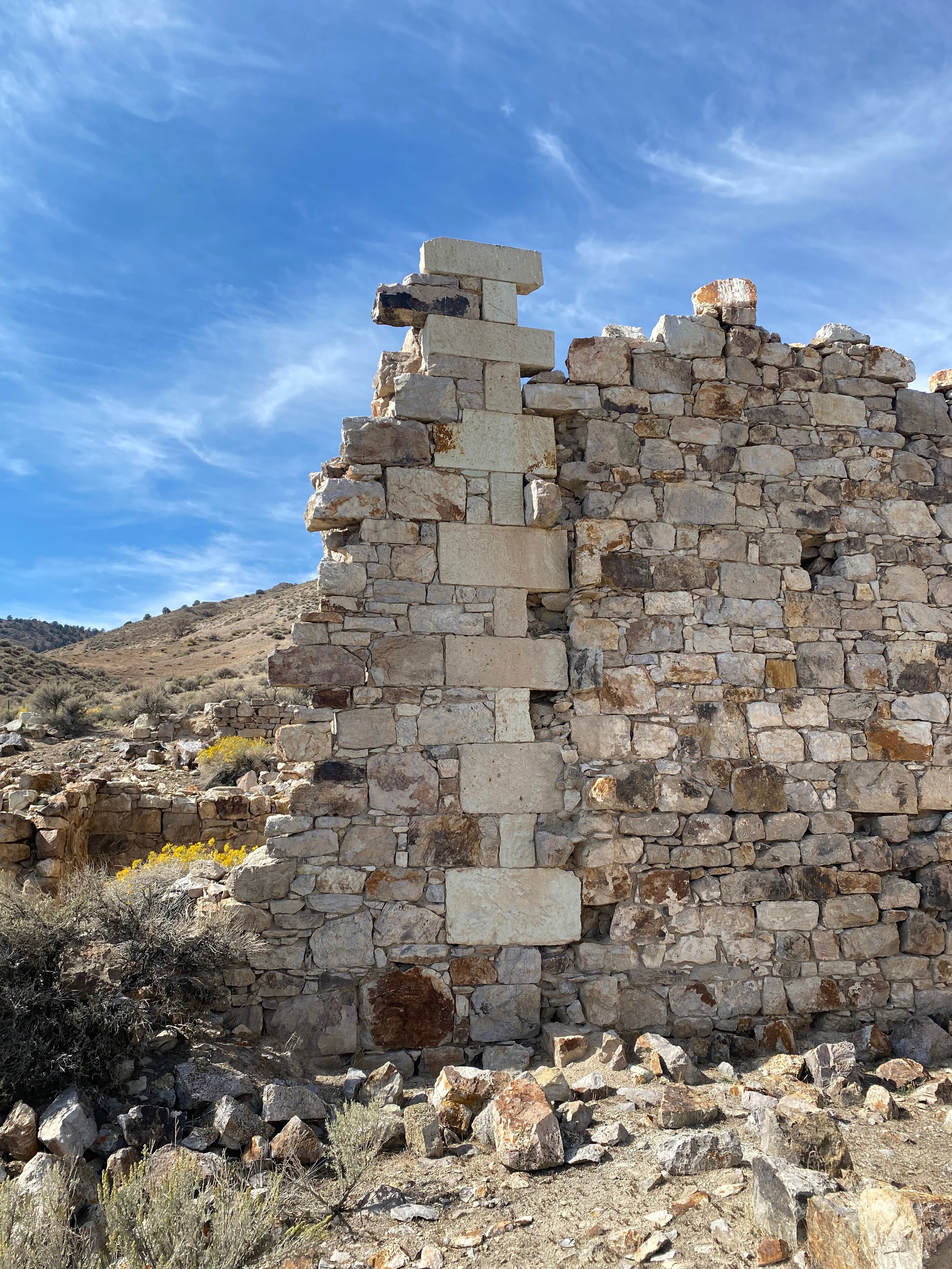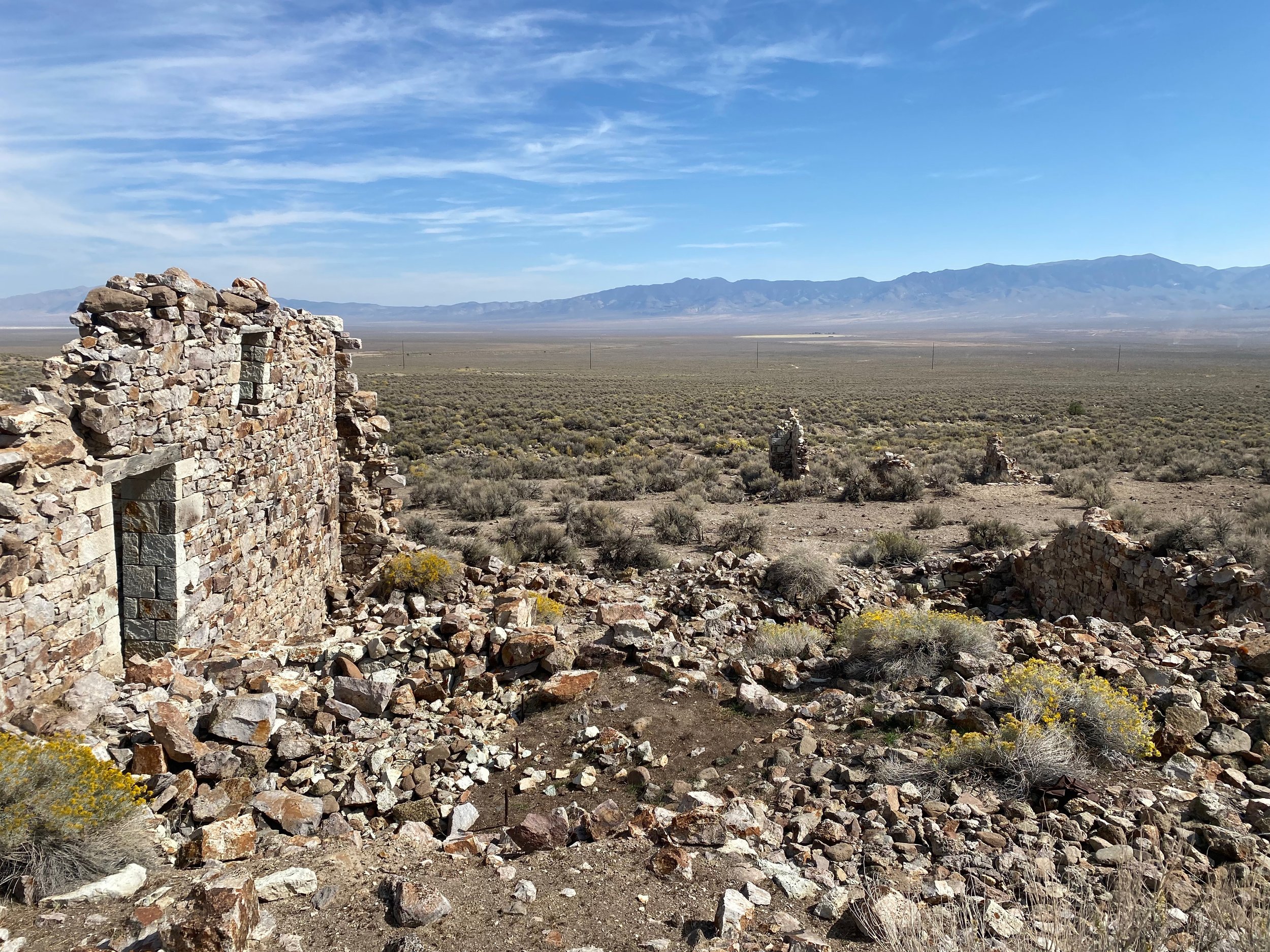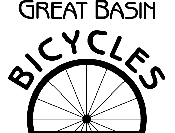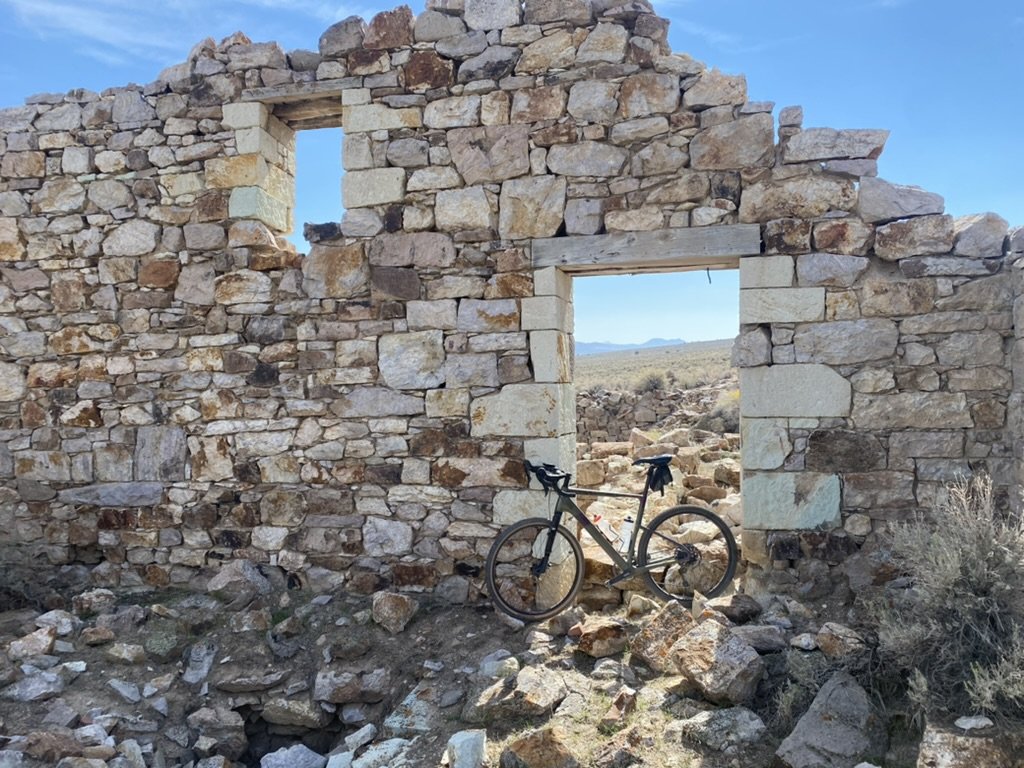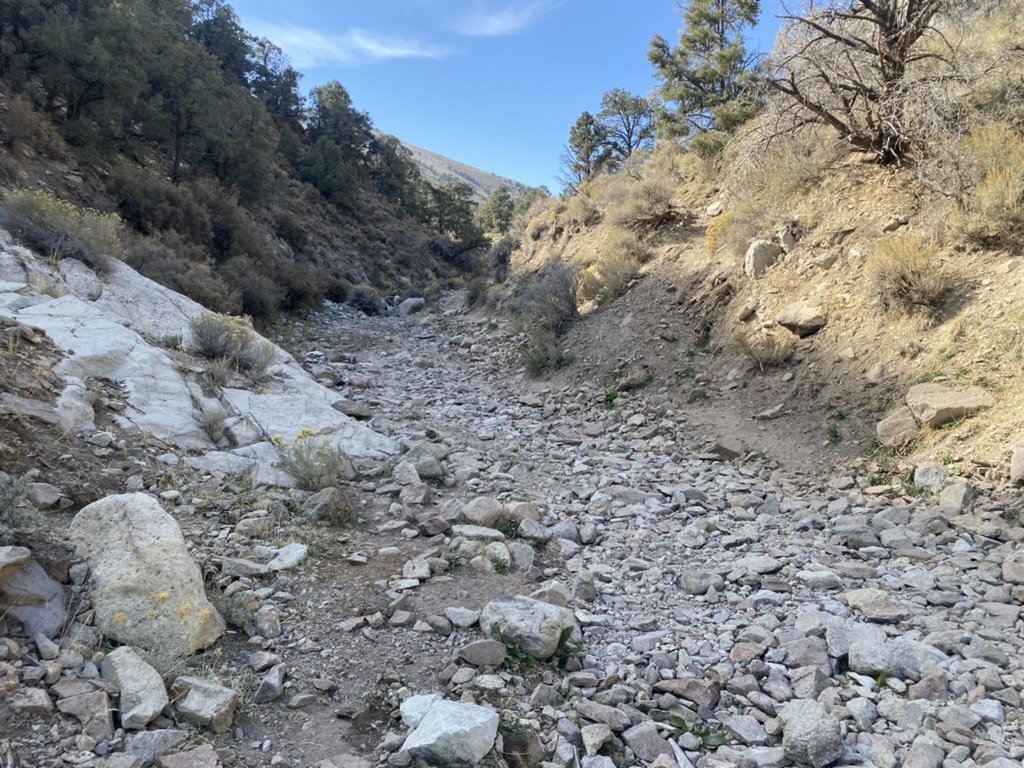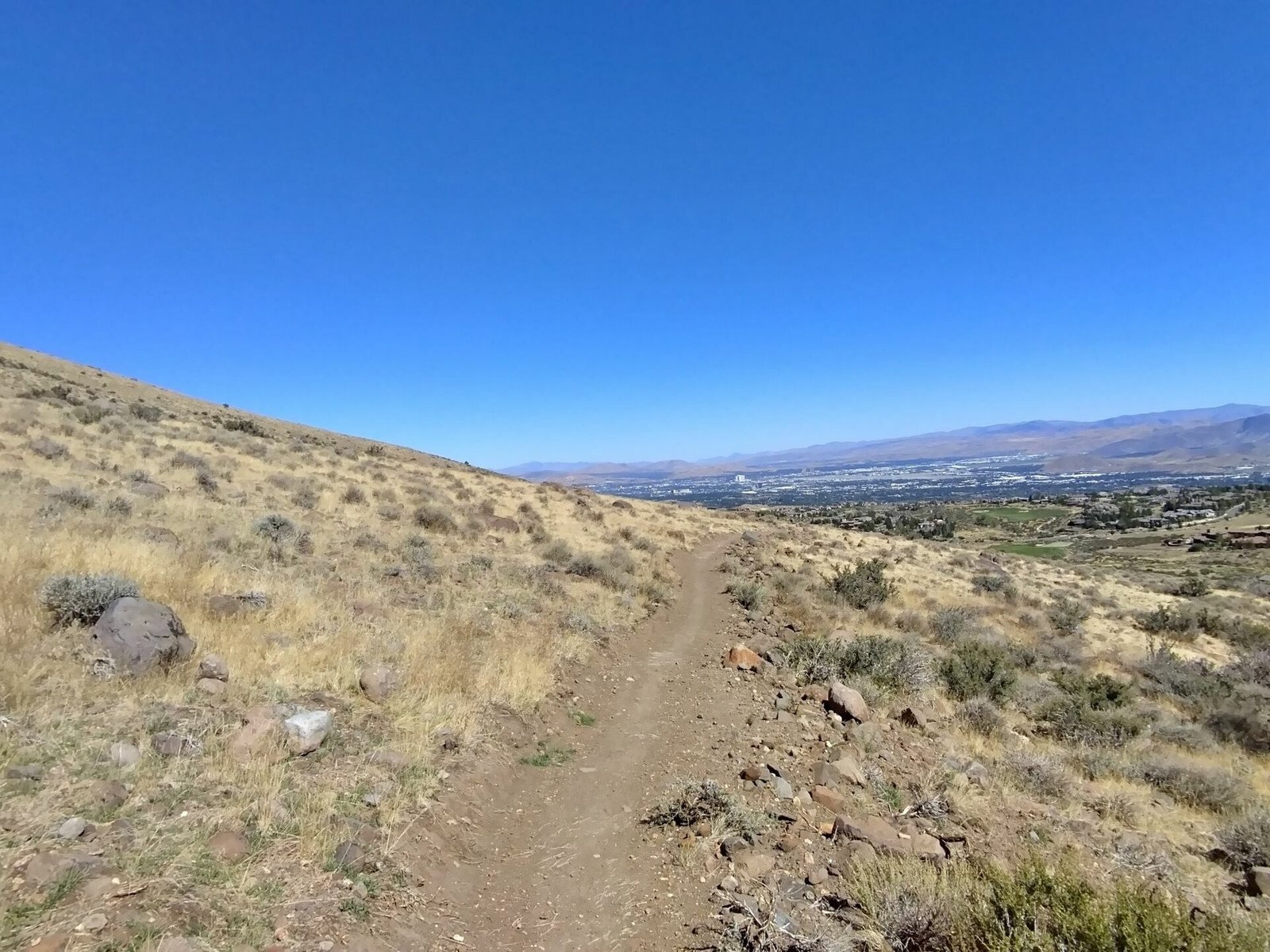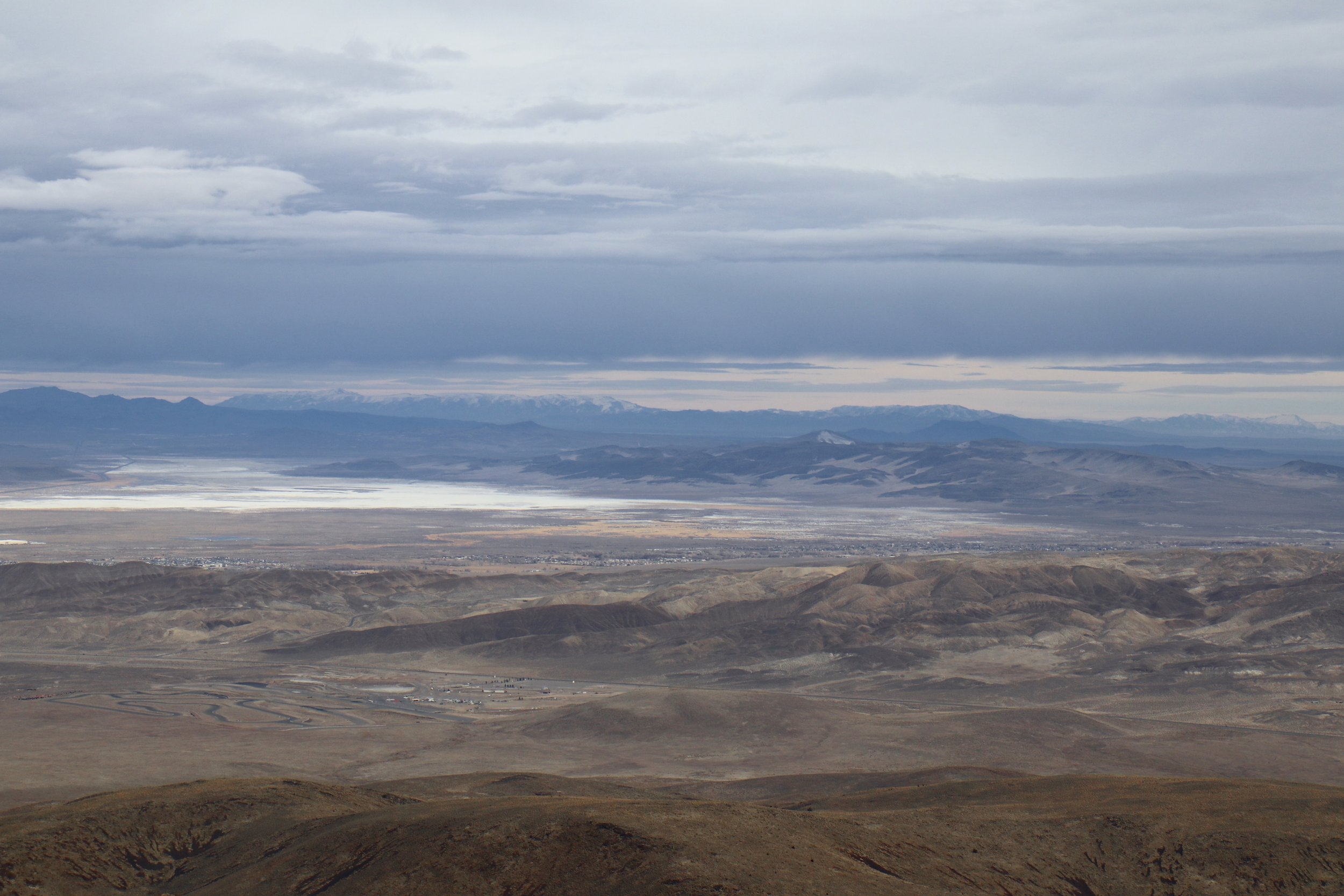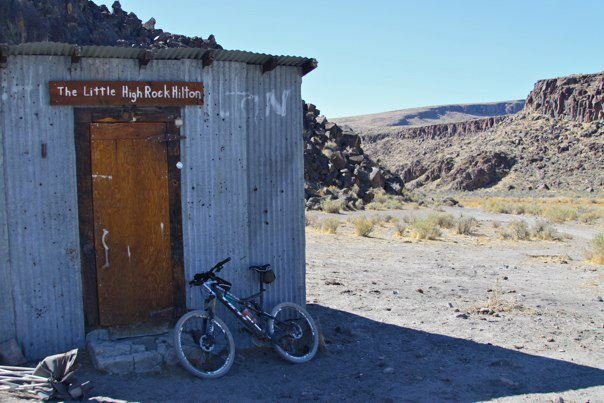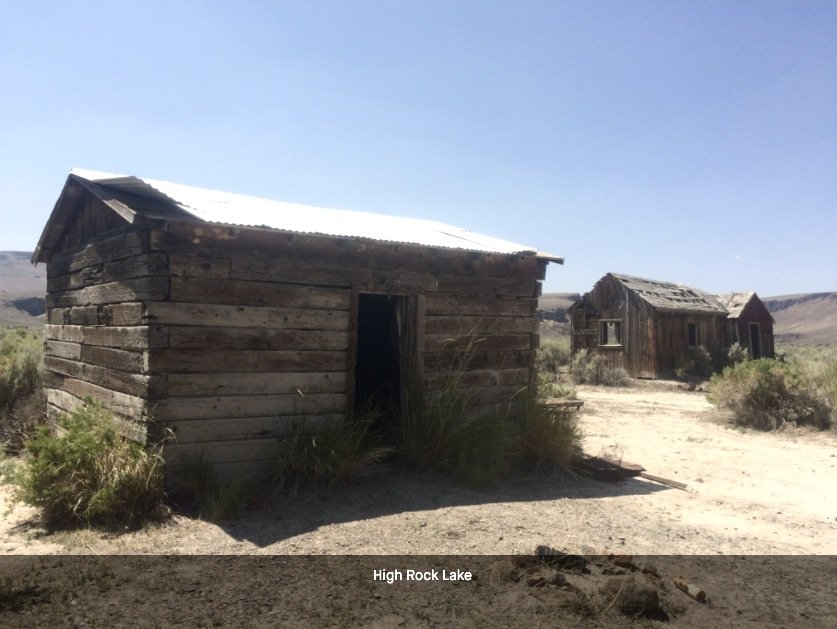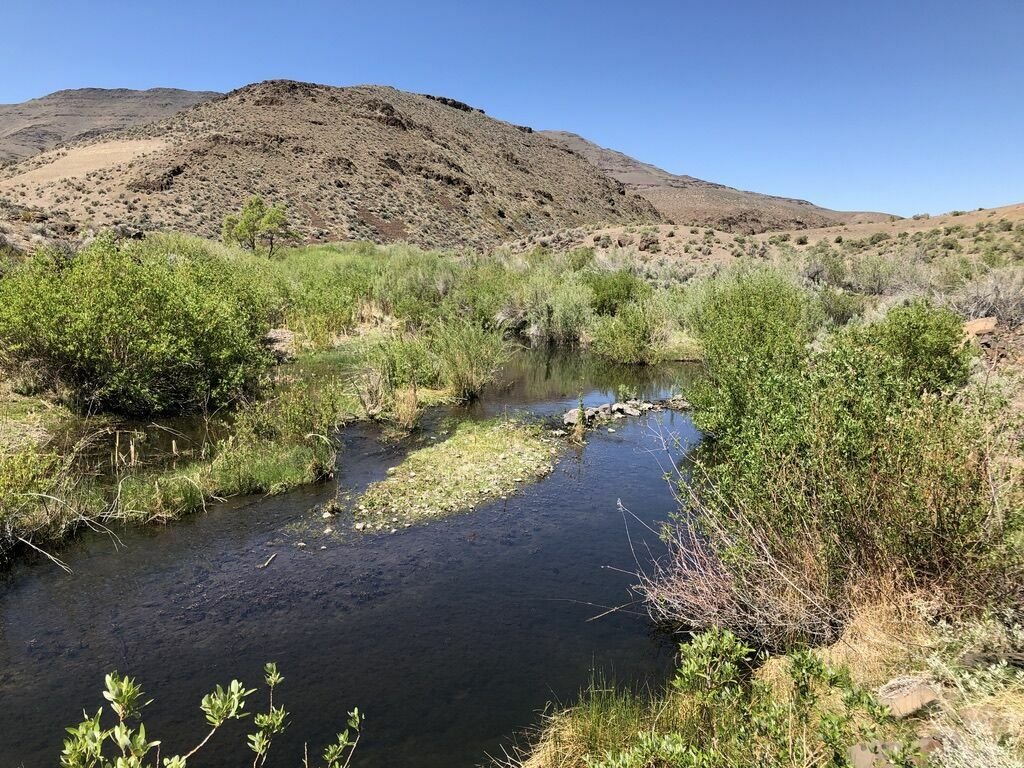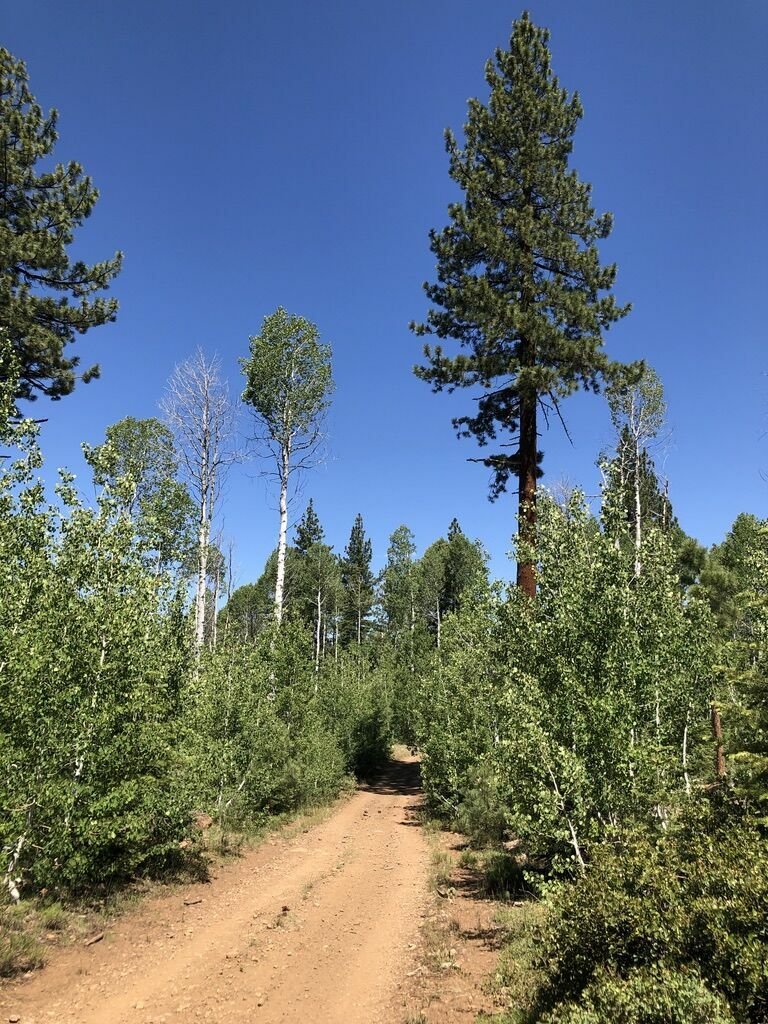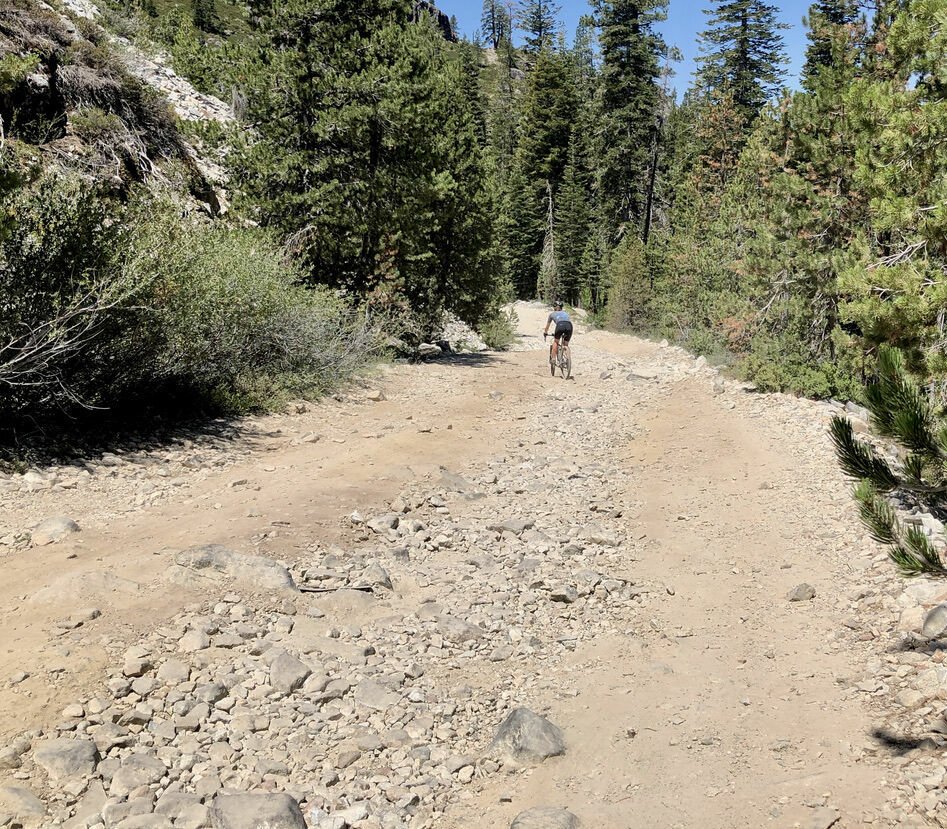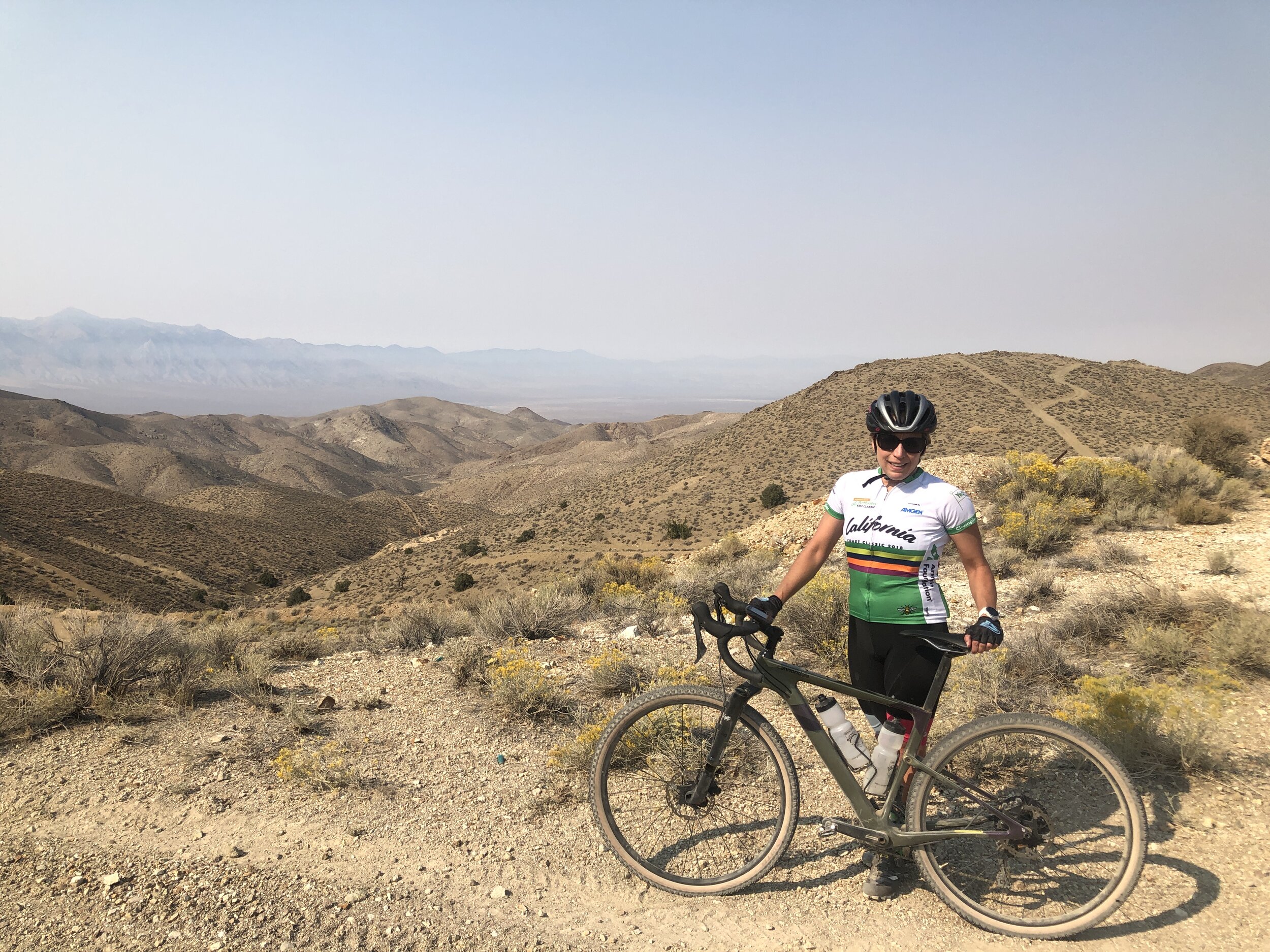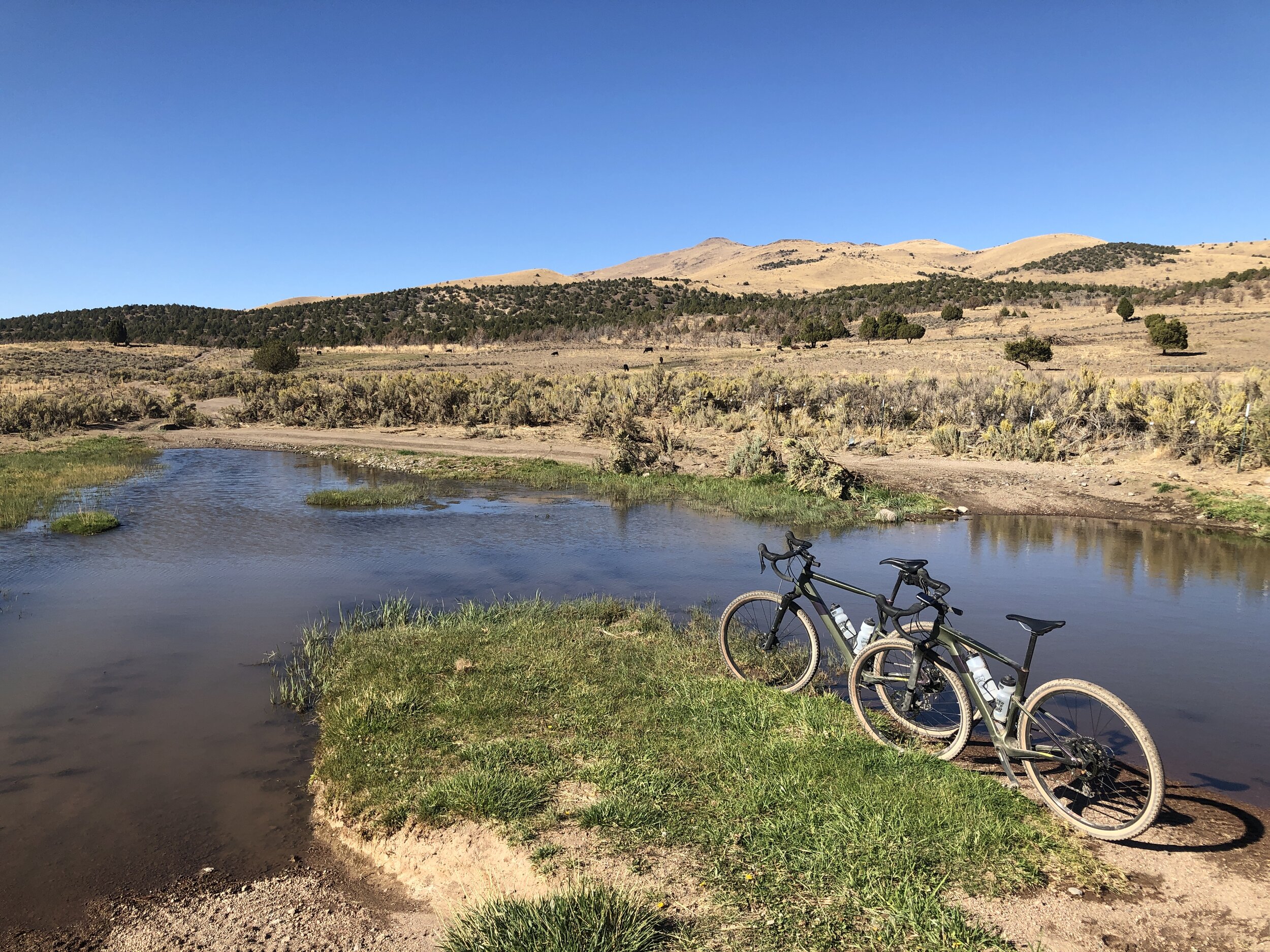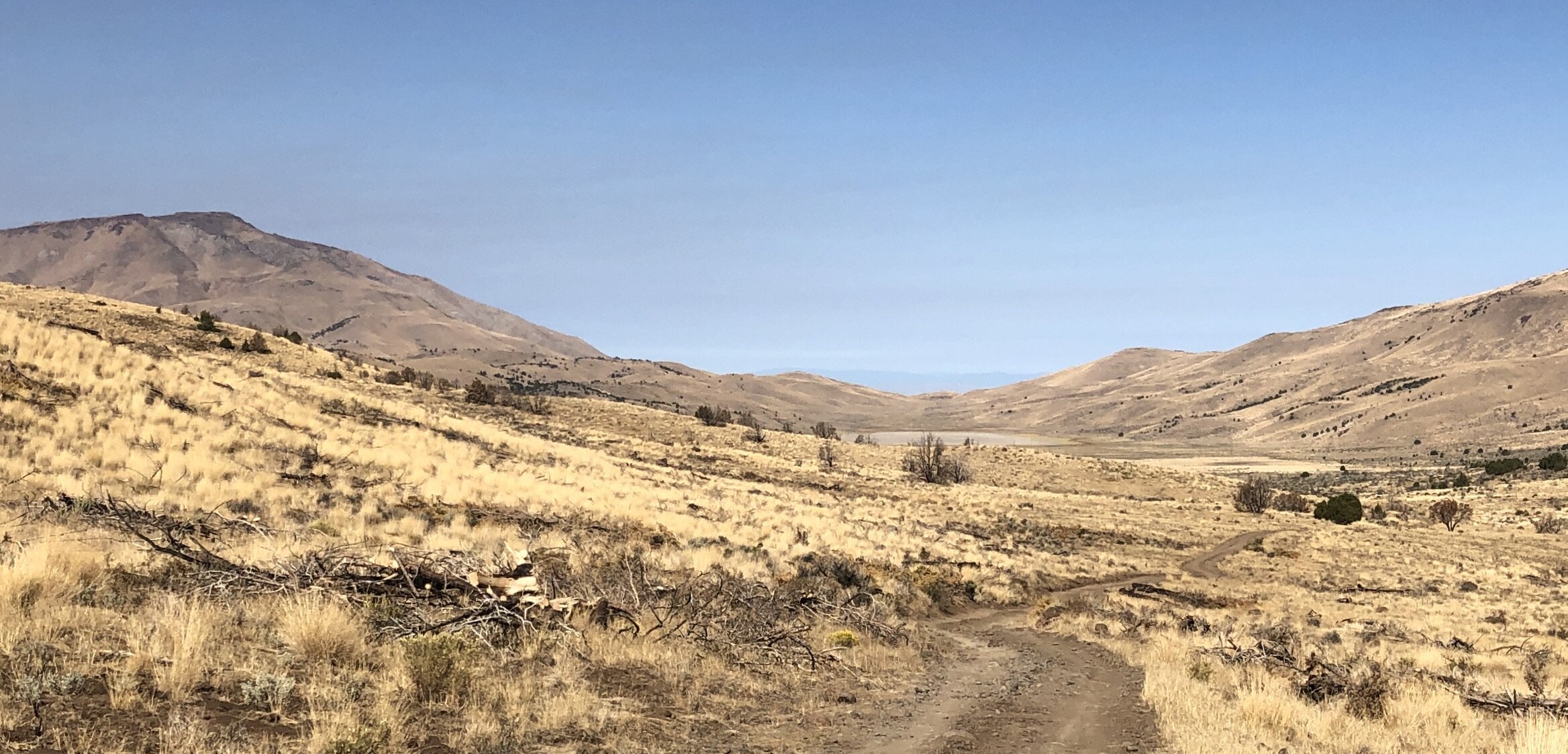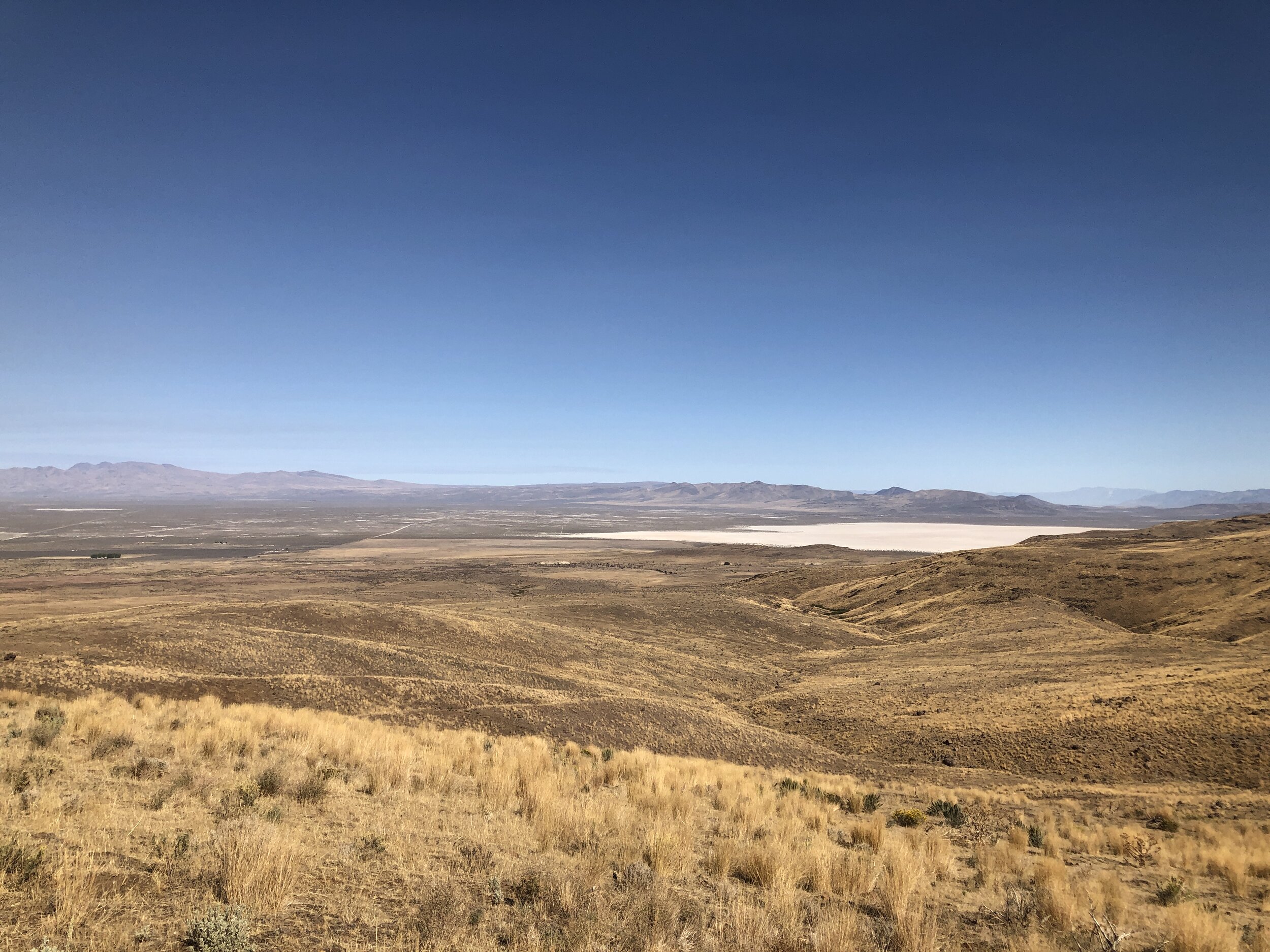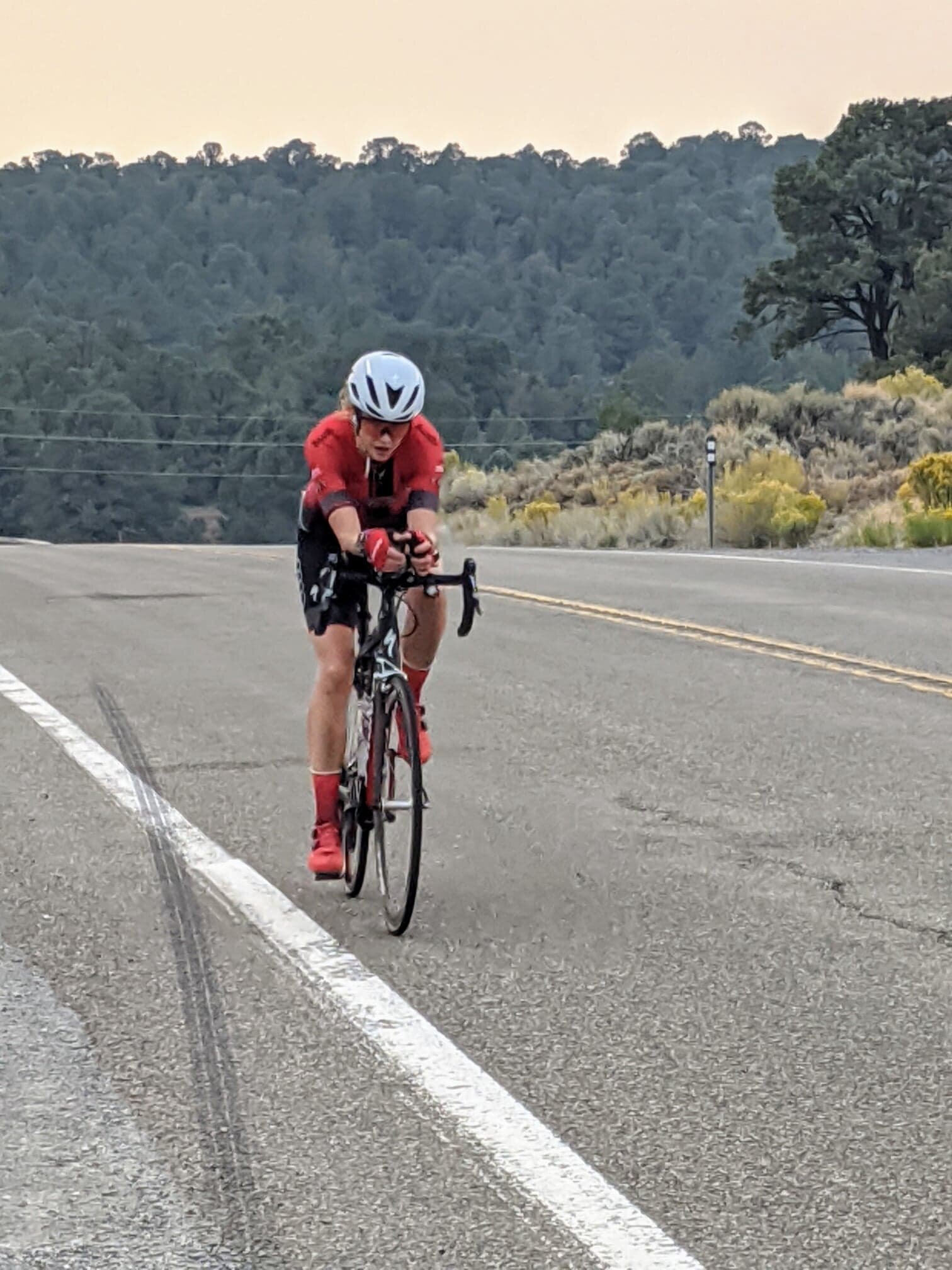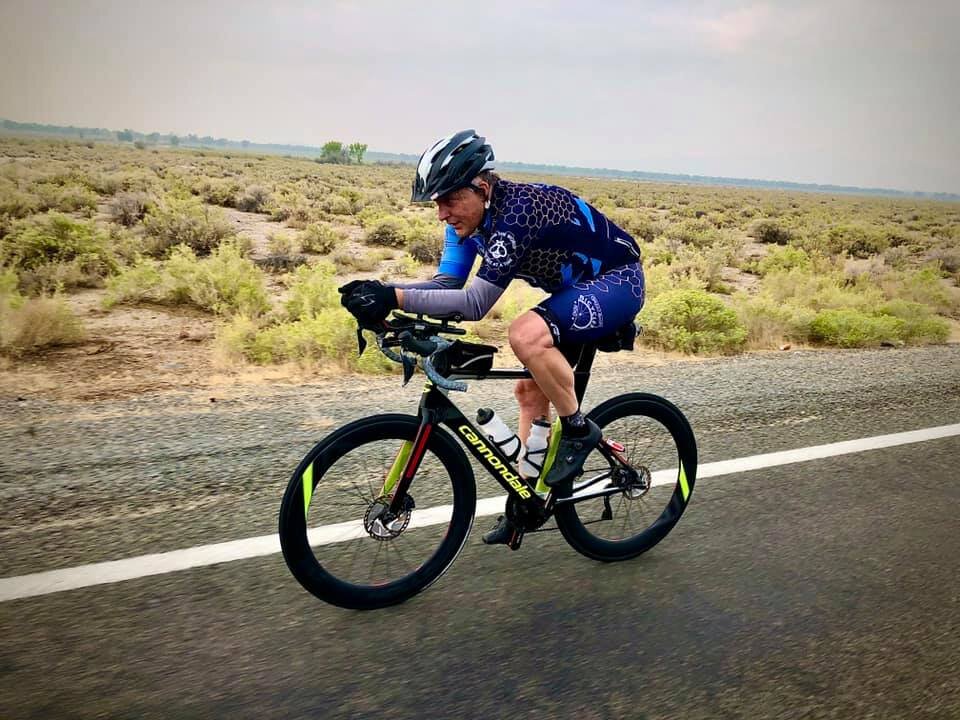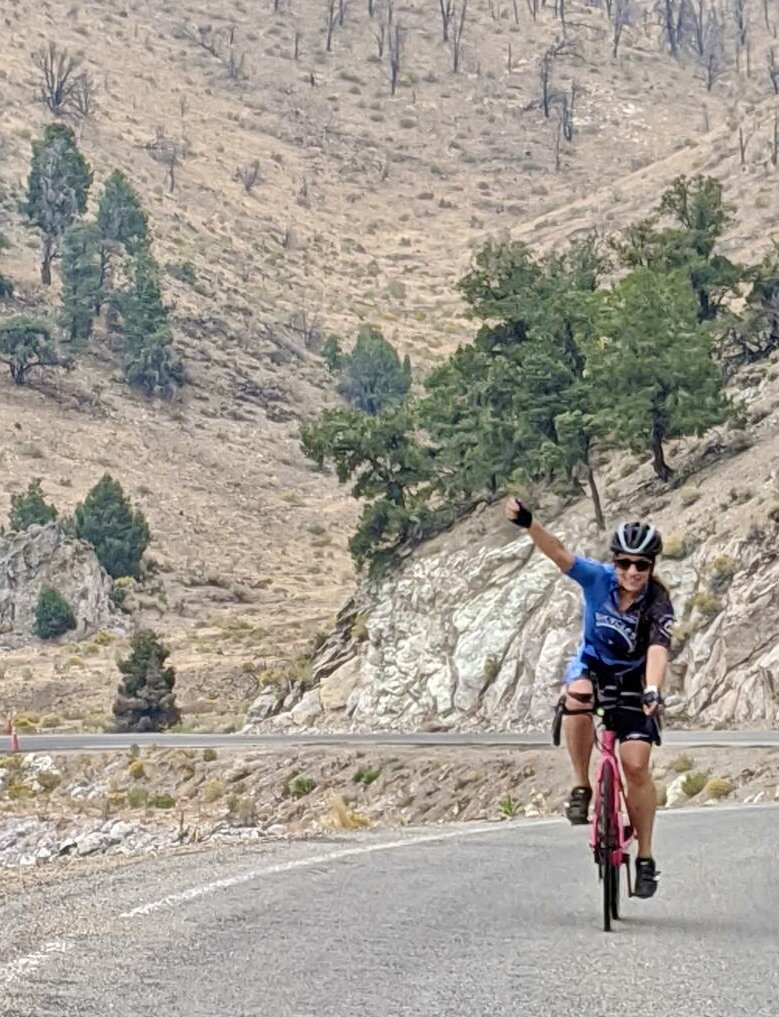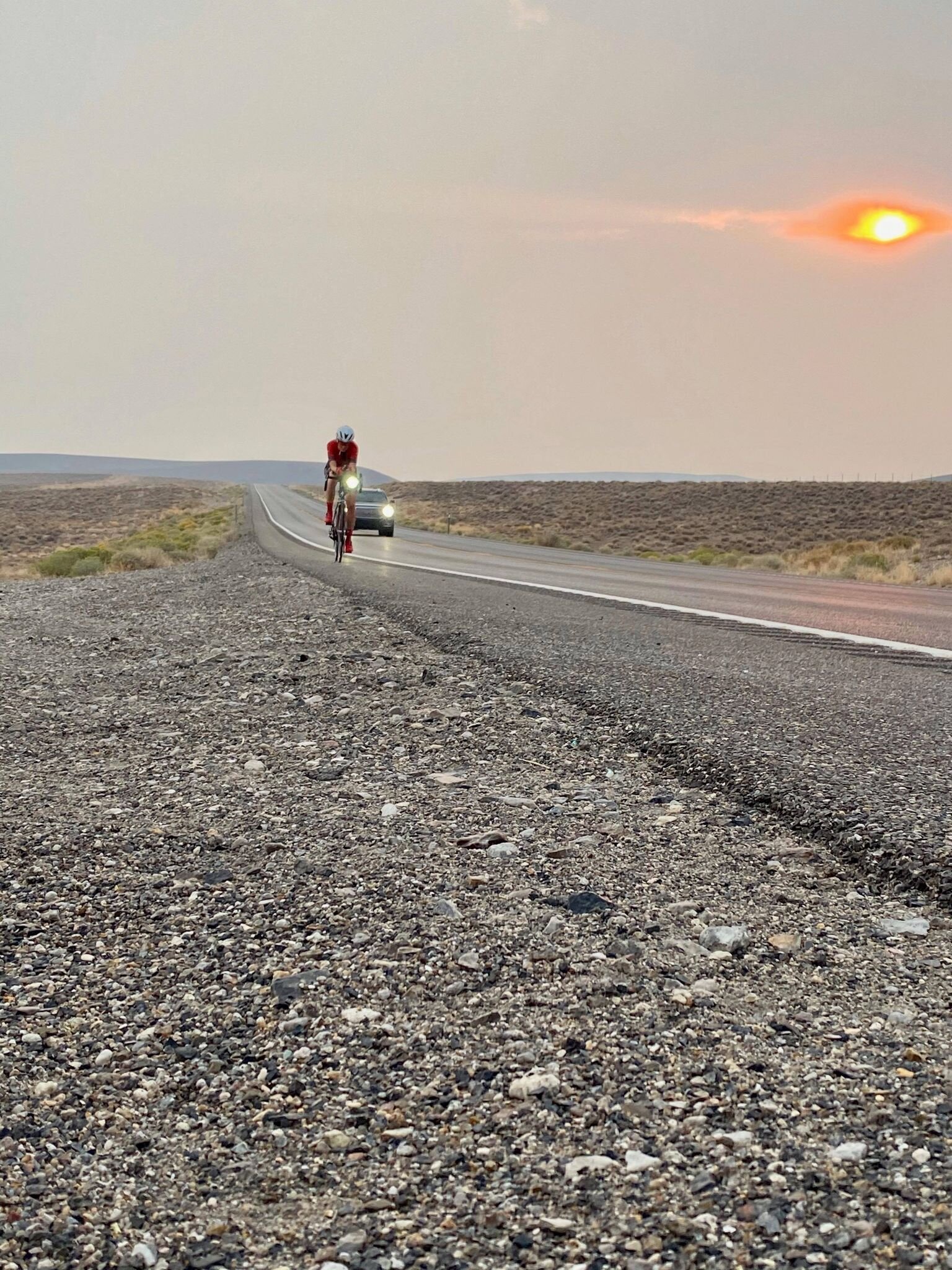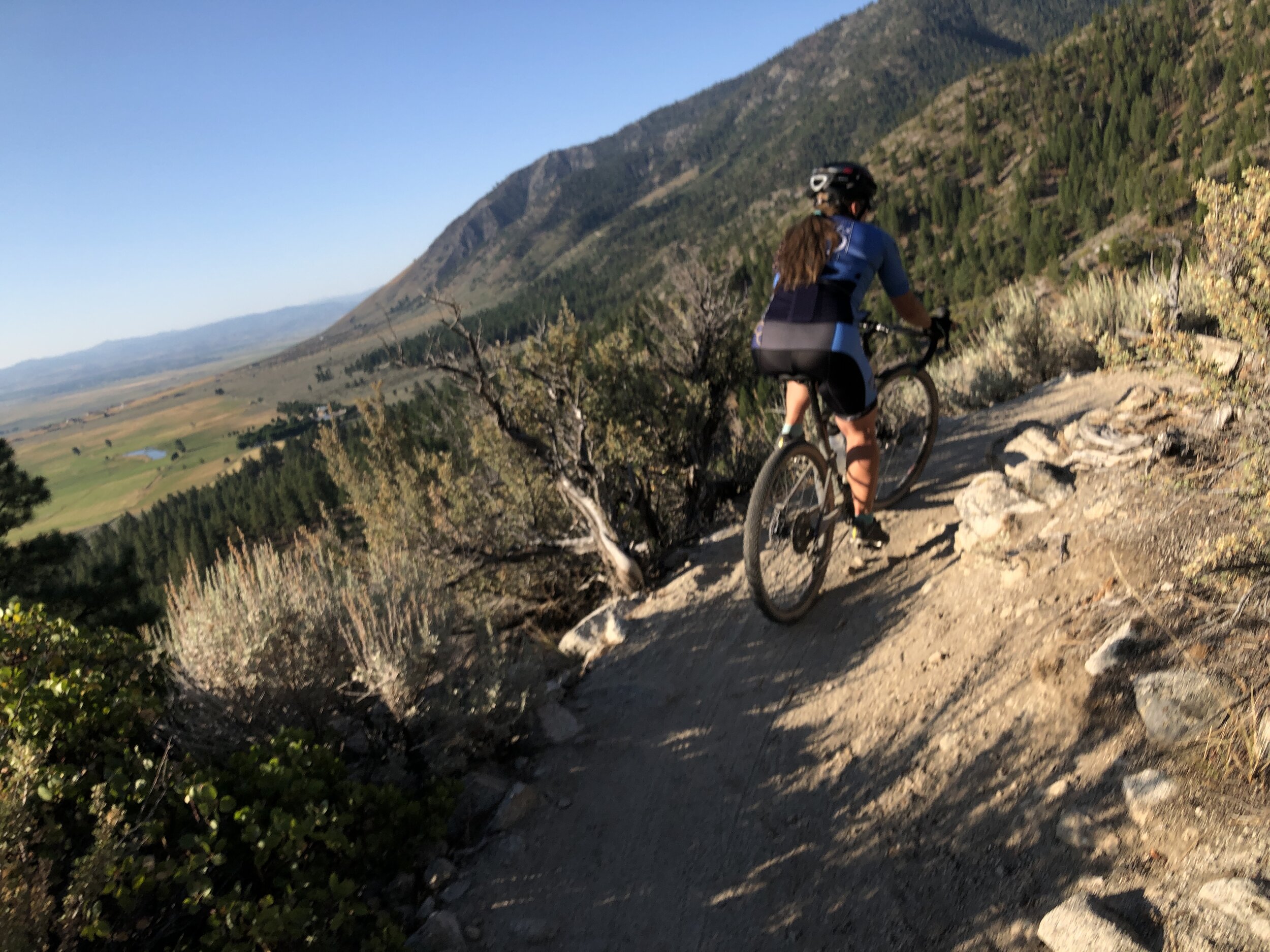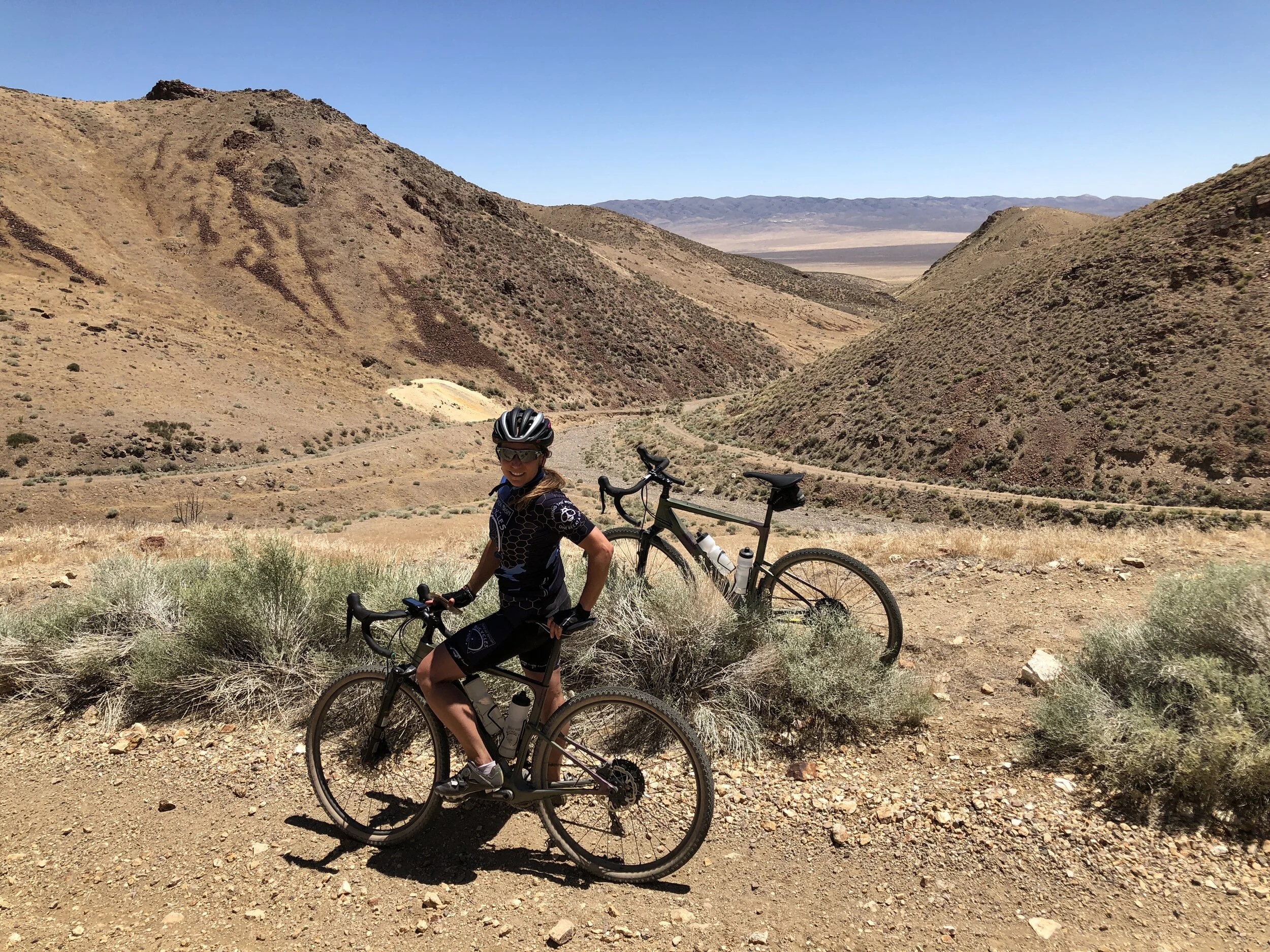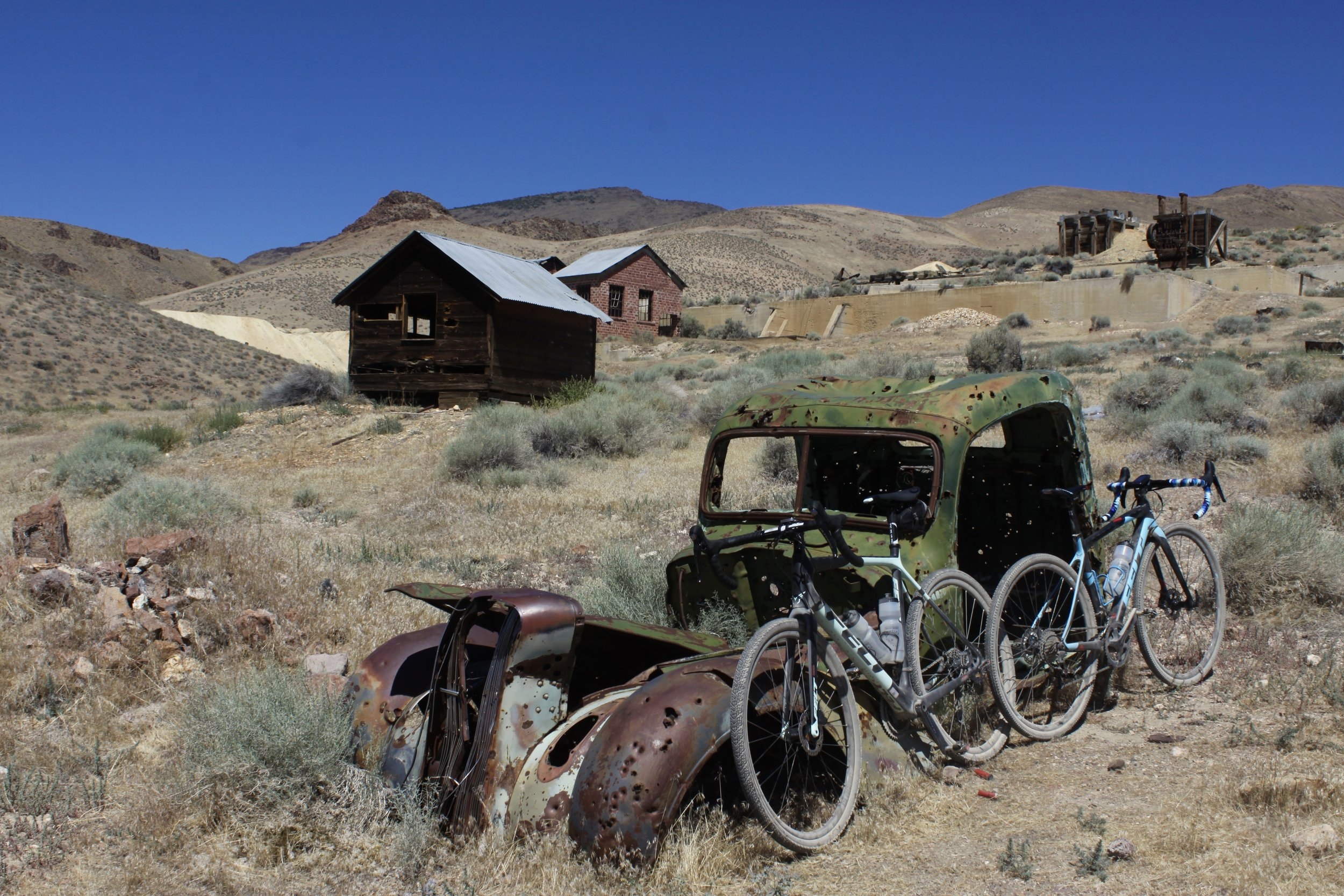The Silver State 508 bike race started in Furnace Creek, CA. called the Furnace Creek 508. It was a 508 mile bicycle race that started in Santa Clarita, CA, went out to a lovely mining town called Trona, then back through Death Valley, then through The Mojave Desert, CA, and ended in 29 Palms for 508 miles. In this race, competitors choose a totem rather than a race number. The chosen totem stays with the rider for life. This helps bond the race to the rider, and the rider to the totem. Almost every rider knows each other by their totem, and has no real idea what their actual name is. We have been the Great Basin Ichthyosaur. Then 6 years ago, The Government put a new Head Ranger in Charge of Death Valley, and she pulled all permits for everything inside Death Valley for a “Safety Review.” This put a stop the the Furnace Creek 508 until the “Safety Review” was completed. I then approached the promoter of the FC508 and suggested he bring his race to Reno, NV. where we could start in Reno, race out to Eureka, NV, then turn around and come back. Turns out it is 508 miles. That was the start of the Silver State 508.
I crewed the Furnace Creek 508 for a Tandem Team (Lion Fish) riding the 508 miles solo. I crewed for them twice, then rode it once as a 2 mixed team with Jami Horner. It was a shorter race, as that was the year Death Valley was shut down. So, we raced out to the entrance of Death Valley, then turned around and came back. The next year it had it’s inaugural Nevada opening. Now the Silver State 508, I have ridden it Solo , 2 person mixed, and 4 person mixed for a total of 6 in Nevada, and once in California for a grand total of 7 times, and each time is different.
If you ask me, Solo is the easiest. Yah, I know… SOLO???? Sounds crazy, but you find your pace or rhythm, and ride. I actually think it is harder on the crew then the rider. You just set your pace, and ride….. for 36 hrs. The next easiest is the 4 x team. This is a team of 4 riders that completes the course. Up until this year, the race course was broken up into stages . Stage 1 - Reno to Silver Springs 48.77. Stage 2 - Silver Springs to Fallon 31.35 miles. Stage 3 - Fallon to Austin 106.41. Stage 4 - Austin to Eureka (the turnaround) 70.5 miles. Stage 5 - Eureka to Austin 70.1 miles. Stage 6 - Austin to Fallon 112.5 miles. Stage 7 - Fallon to Silver Springs 24.45 miles. And stage 8 - Silver Springs to Reno 43.35 miles. You might notice that the legs out have different mileages then the legs back. They have to move the time stations to the opposite side of the road for the return, so they are located at different locations.
Before the team starts, you try to optimize rider position, because the rider that starts a leg has to complete that leg. If the rider can not complete that leg, the team has to return to the start of the leg, and rotate the next rider in. Then that rider has to complete the leg in it’s entirety, and continue the rider rotation in order, leg after leg. So, with a 4 x team, you find which riders do best on which legs, and you rotate through. The nice thing is that each rider knows when they will start, when they will finish, when they have to sleep, eat, drink etc. It gives everyone 2 legs, and a big break between legs for recovery. I would say that 2 person team is the hardest. Again, each rider has to complete their individual legs. So you get pulled out of the support vehicle, slammed cold onto the bike, then ride as hard as you can, then when you are done, you are slammed in a car, cramped, tired, and have to eat, sleep, and try to recover before you are again pulled out of the car cold, and back on the bike as hard as you can go. So, which ever way you ride the race, there is always strategy, except for solo. Set your pace and ride is really the only strategy you can have for that one.
This year a couple new categories of competition opened up. The 50/50 class. One person ride out to Eureka, the turn around, and one person back. The person coming back gets the fun of riding more than 1/2 of the way back to Reno in the dark ,and very cold. So, there is strategy here. The other class that opened up is the “Open Class.” This is like many other ultra endurance bike races like RAAM (Race Across America) where riders can interchange where ever and as often as they like (as long as you can interchange completely off the roadway.) So this year, the first for the open class, we entered as a 4 person Male Relay 40-49 year average category. We did have one woman, Rebecca Eckland on our team, who is as fast as the guys anyway. To be classified as a 4 x Mixed, we would have needed 2 women. This year, there were 6 teams in our category, and 13 total 4 x teams that we were still competing against, in our category or not. Everyone wants bragging rights. This year there were 95 competitors, 13 Nationalities, 33 solo riders, 13 4x teams, and 4 2x teams.
This year, we entered as a 4 person “Open Class.” Our team consisted of Rebecca Eckland, Brandon Tinianov, Kevin Weiske, and myself, Rich Staley, with my brother Dave Staley and Jim Newberg as drivers. Because all riders were fairly matched, we had a plan of taking 2ish hour pulls each in rotation. This would give each rider about 40 miles, and a 6 hour rest before they rotated back onto the bike. We are all more endurance riders, except Kevin. He does lots of shorter USAC (United States Amateur Cycling) events where it is one and done. So, this would be his first real endurance test. Because of this, we were going to take the return trip from Eureka by how everyone felt. Maybe change distance times to one hour apiece. But that was the plan until the Sunday before the event when Brandon called. He separated his bicep muscle from the bone. That took him out of the event. Scrambling, we managed to sucker Mike Taylor to jump into Brandon’s place. Talking with Mike, I realized that he is fast up climbs. Not just fast, but very fast. My best time up Geiger Grade out of Reno (when I was 28yrs old) was 33 minutes. Now at 50 my best time is around 36 minutes. Mike, at 51yrs can do it in 31 minutes. This changed our strategy completely. As it progressed closer to race day, I came to realize that both Mike and Kevin were going to be riding bikes without aero bars. Aero bars bolt on to the handlebars of the bicycle allowing the rider to lay down on his / her forearms to maintain a more aerodynamic posture. This will give the rider 1 - 5ish miles per hour faster because of the more aerodynamic form. Across the Nevada desert there are miles upon miles of nothing but straight roads where aero bars will give an advantage. Both Rebecca and I had them. This would mean that I would have to put Mike on most of the climbs, Kevin on the intermediate climbs where aero bars are less of an advantage. Rebecca is a magnificent climber, and can keep up with almost any man out there, but she is also a fantastic monster on the flats with the aero bars. She has posted many of the fastest (men and women) legs of the race where she raced the Stage Race format. So, I could use her anywhere. Thank goodness for that. Now for me, I am a monster on the flats, slight grades, and have the technical ability to take the downhills fast, even in the dark. So this set the strategy for the race. Give Mike most of the climbs, Rebecca we could put on the flats and climbs, Kevin got the intermediate sections, and I got the rollers, flats and downhills. The problem with this strategy? There was no real organized structure of the race. So eating, drinking, sleeping, and just resting were going to be tough to accomplish before the next rider was called up to ride again.
